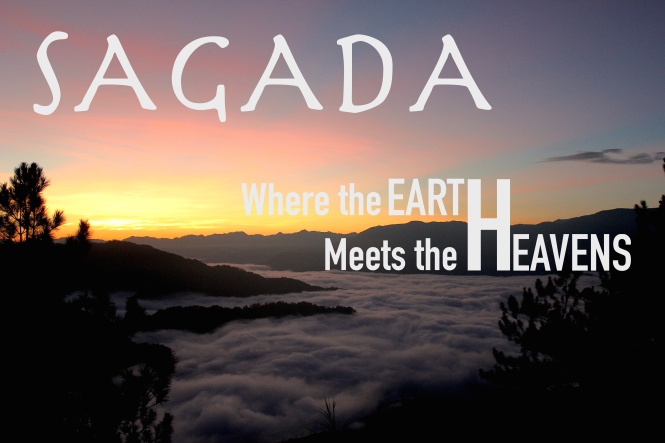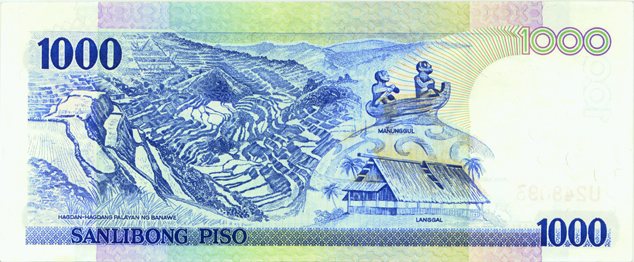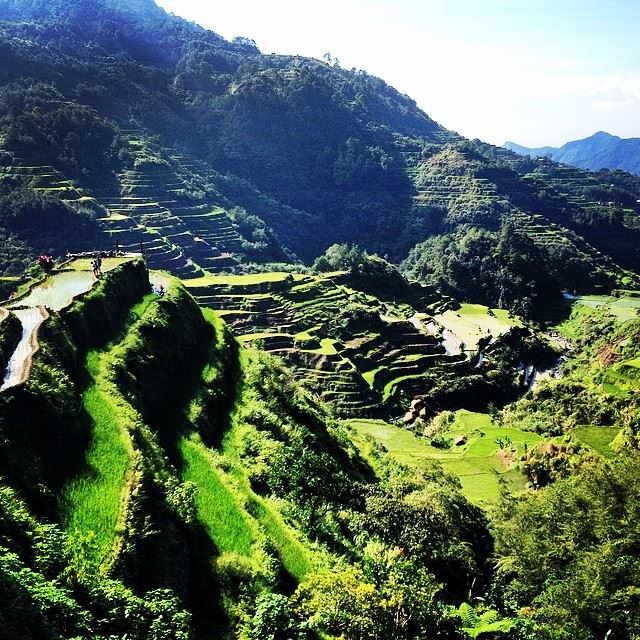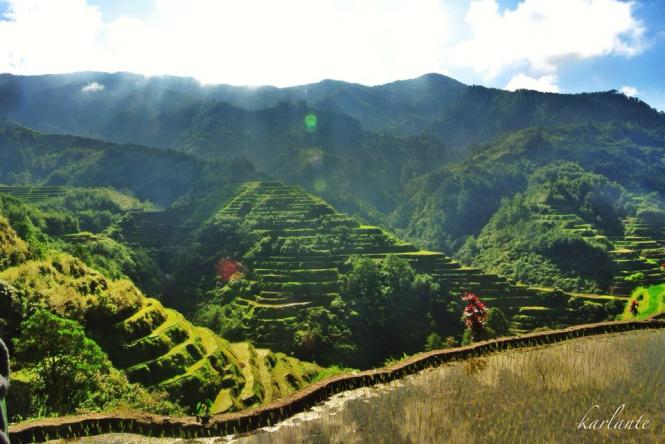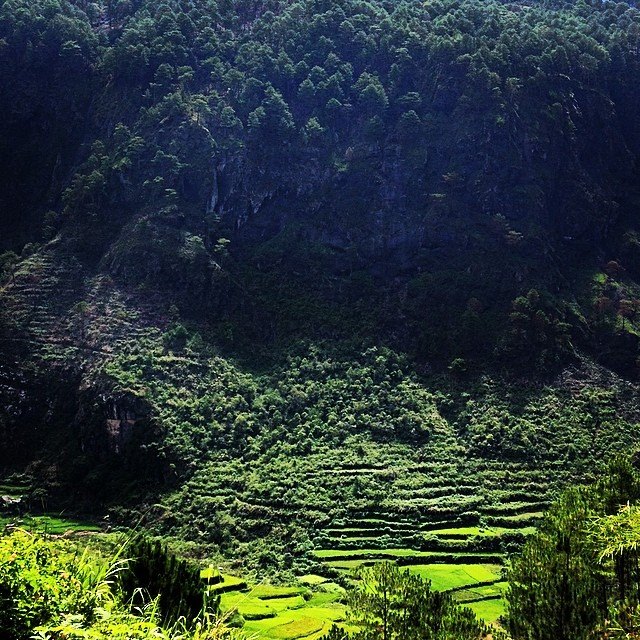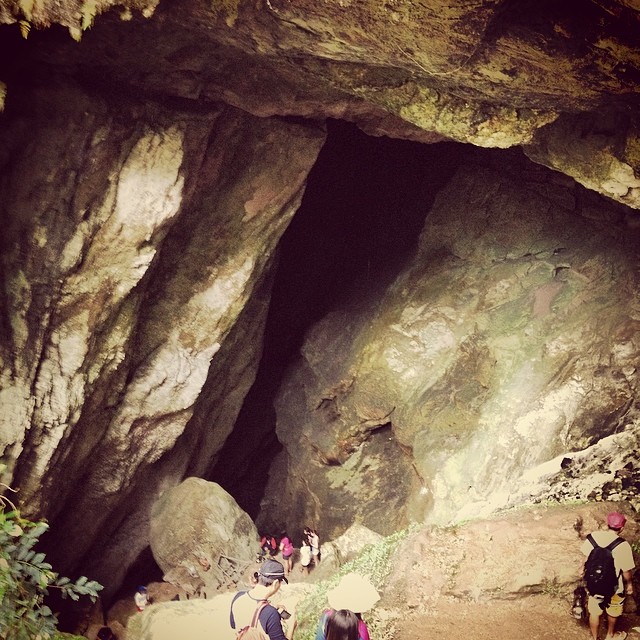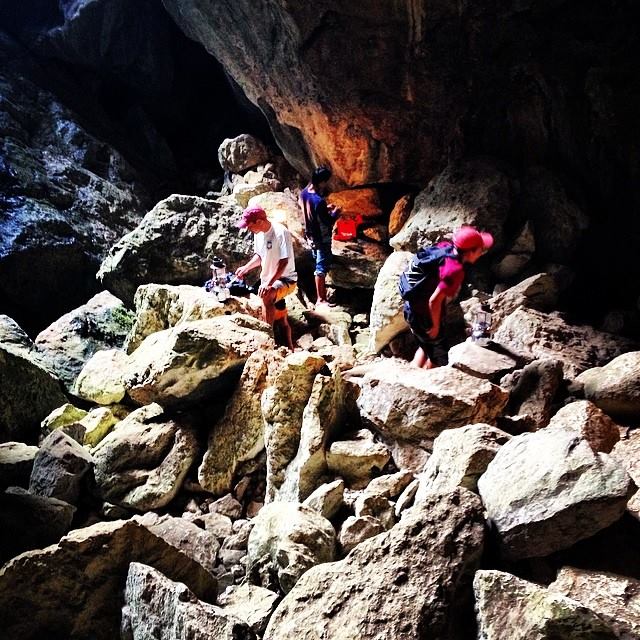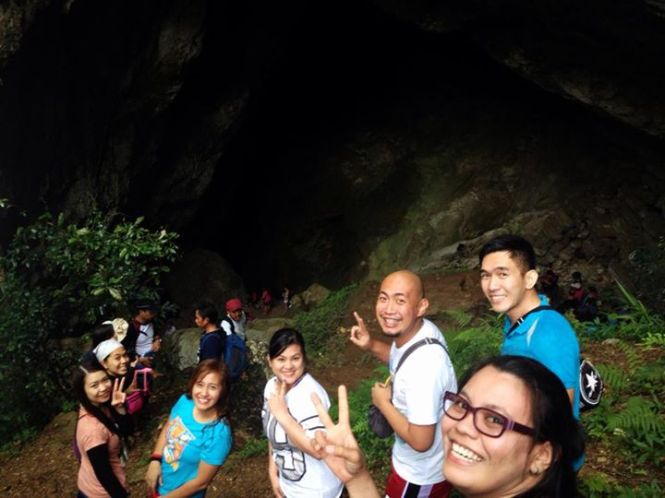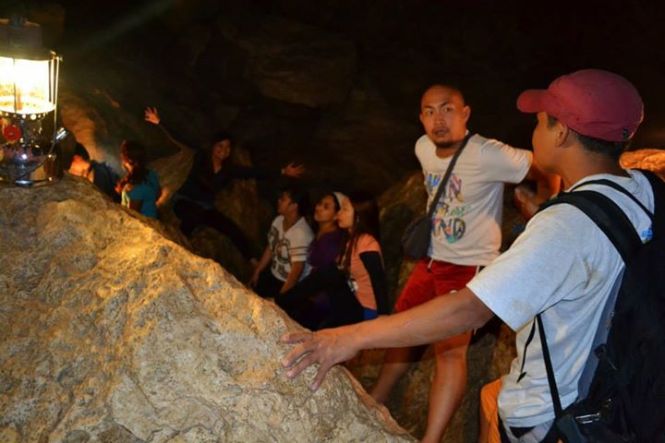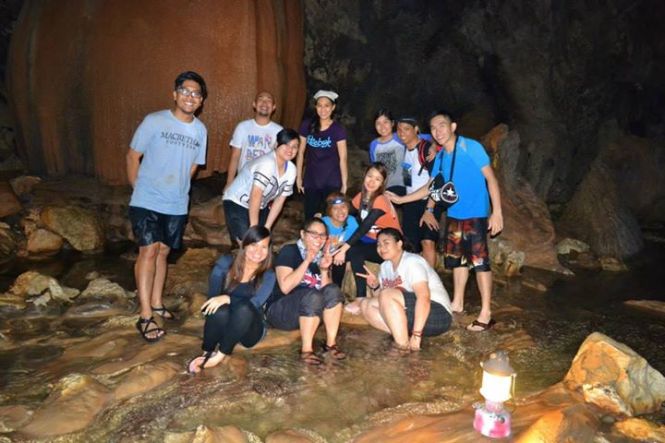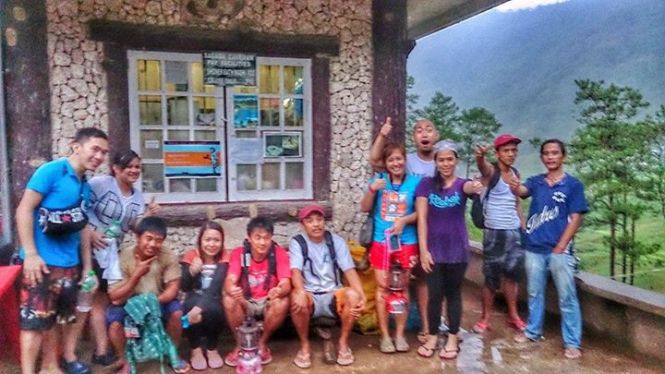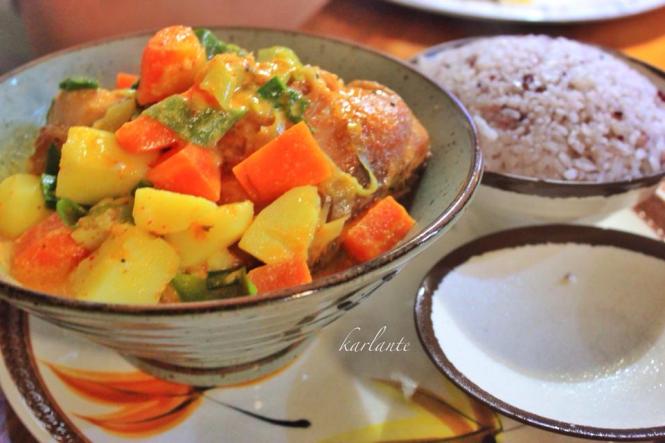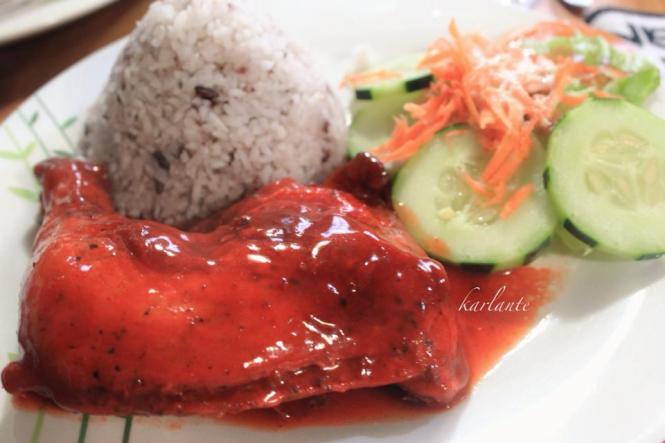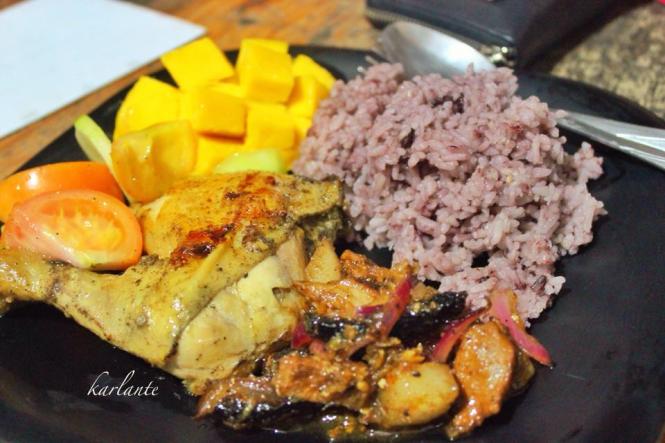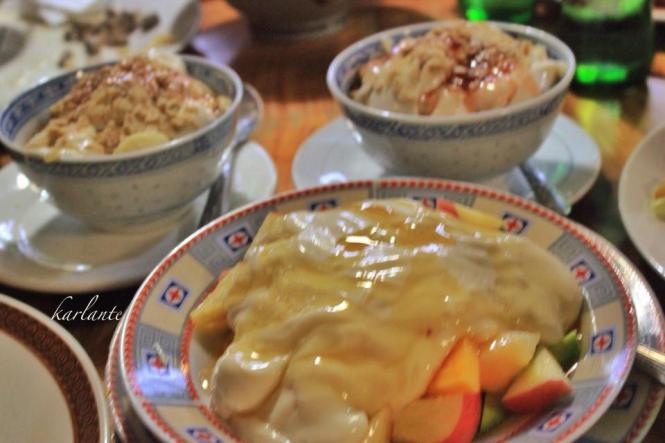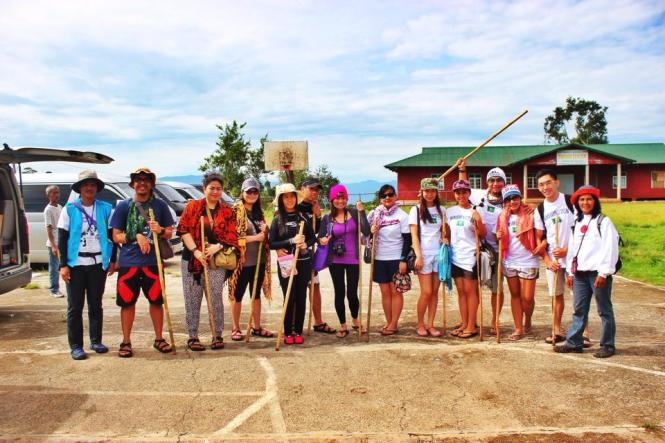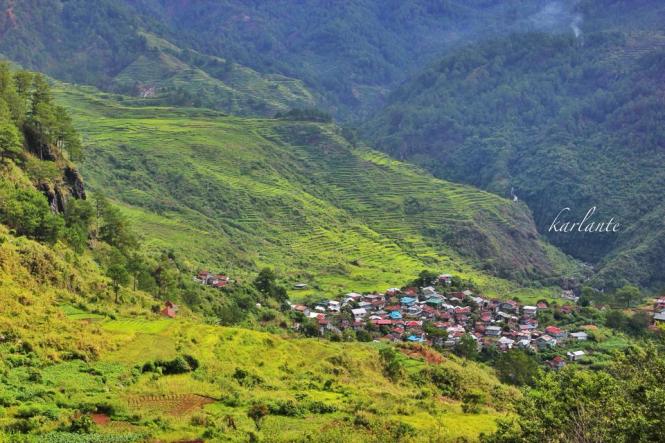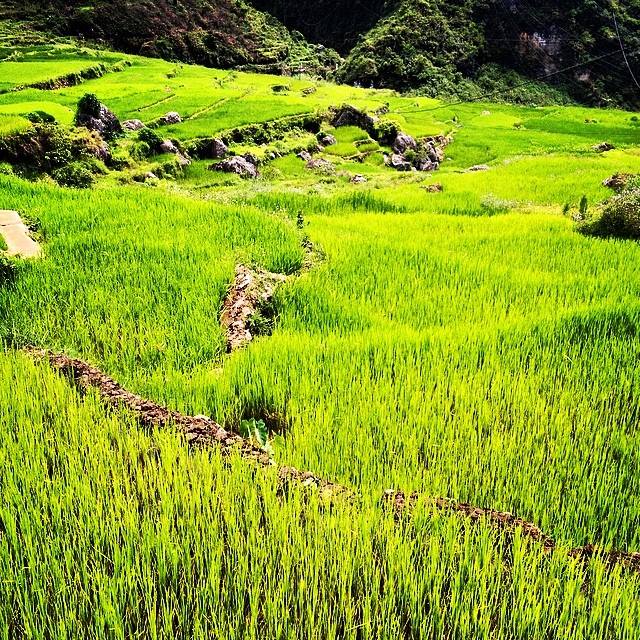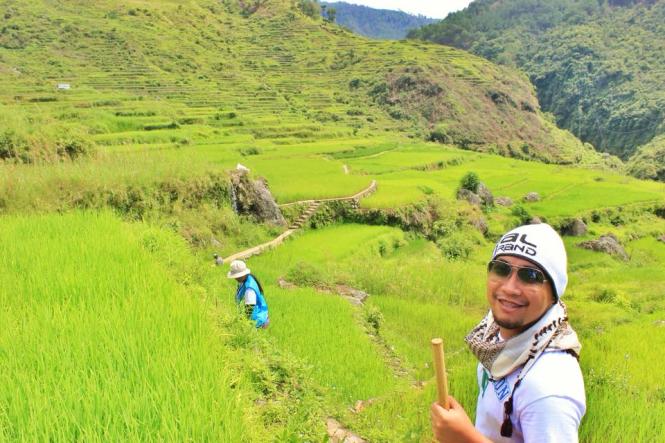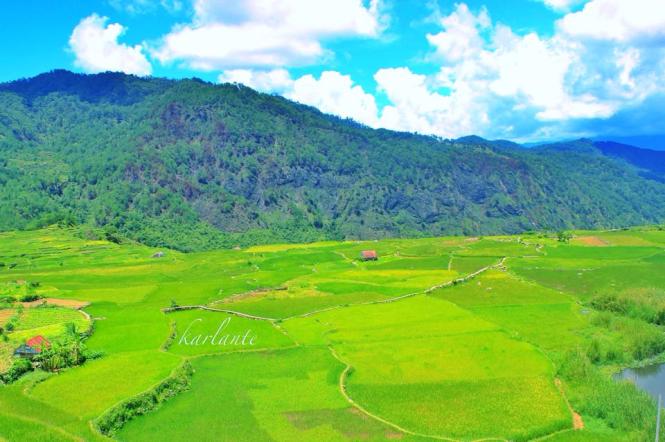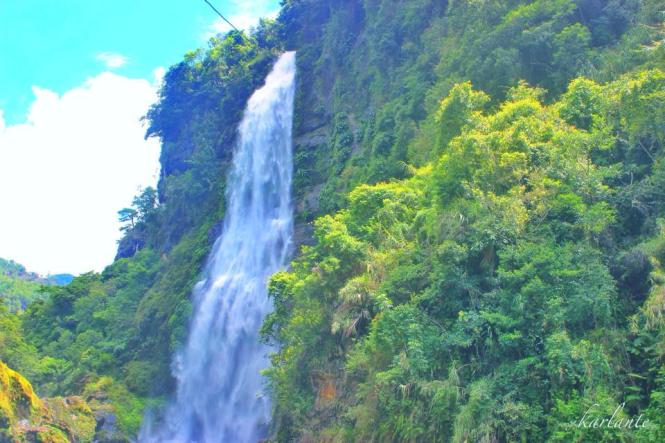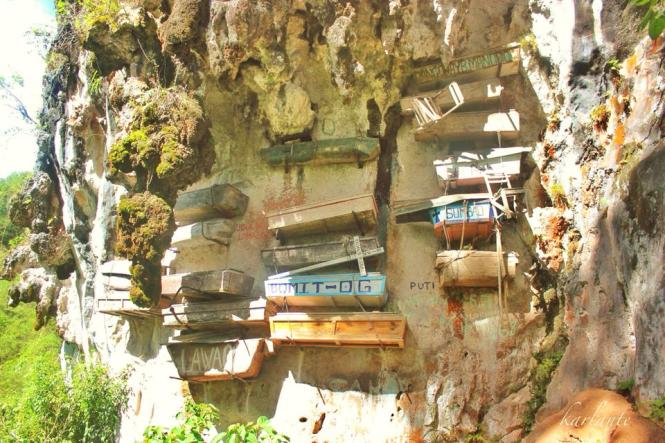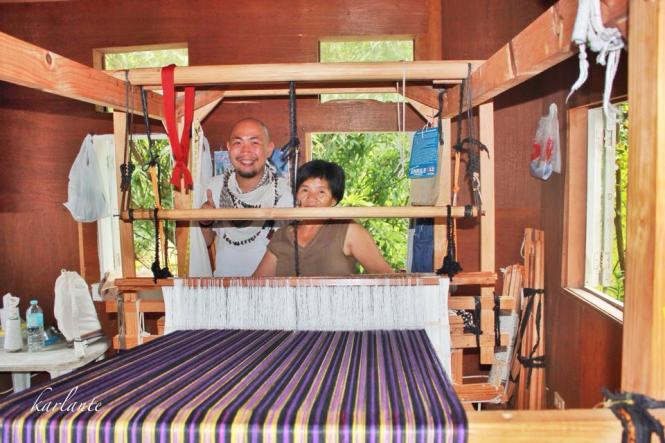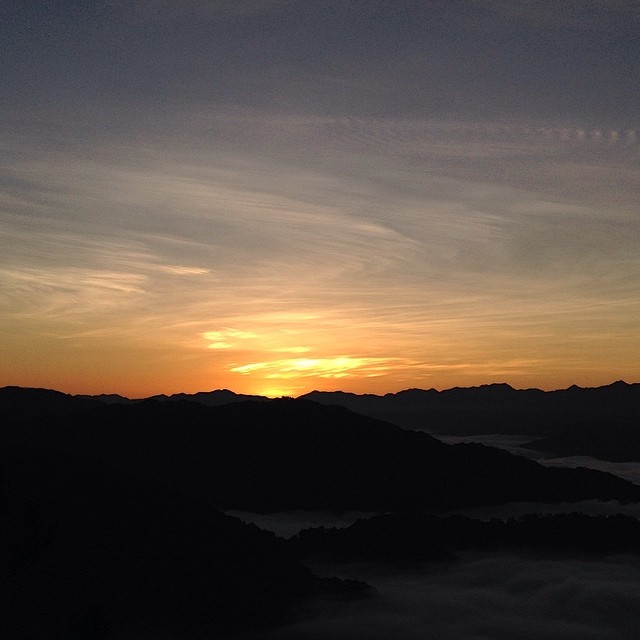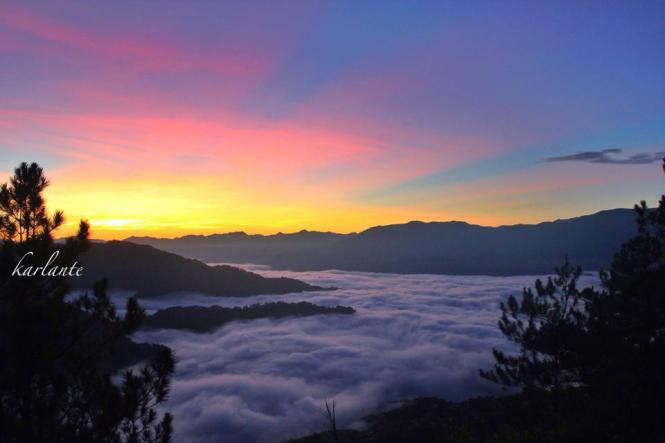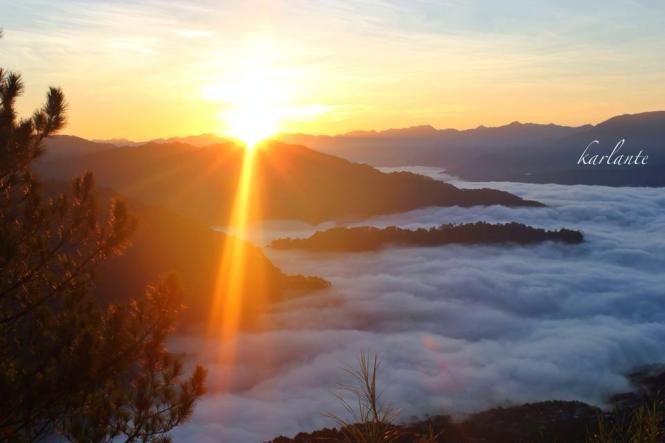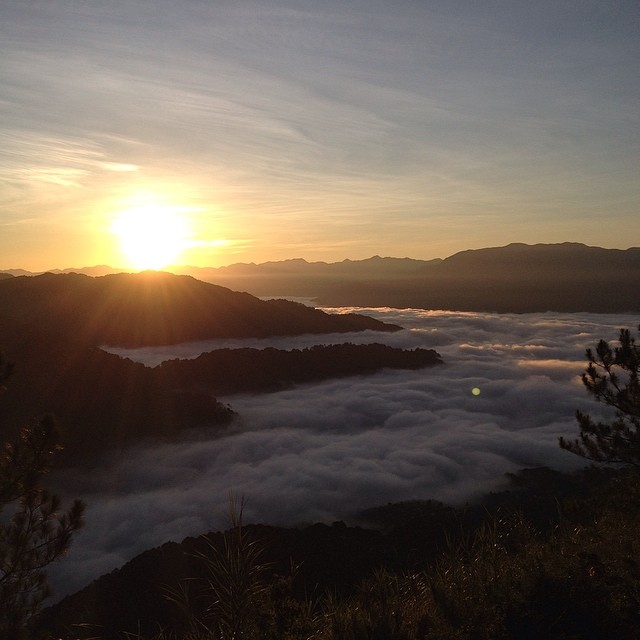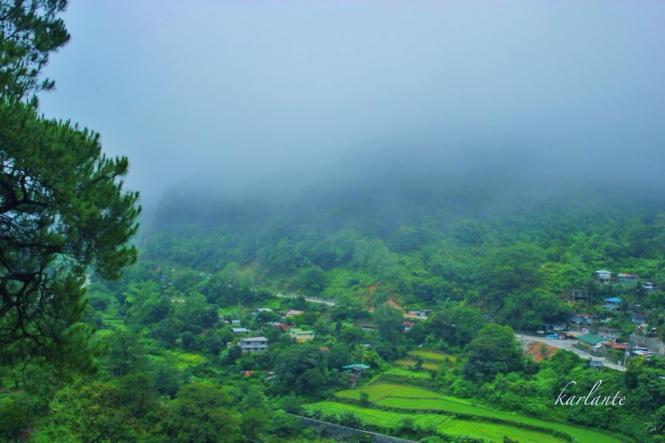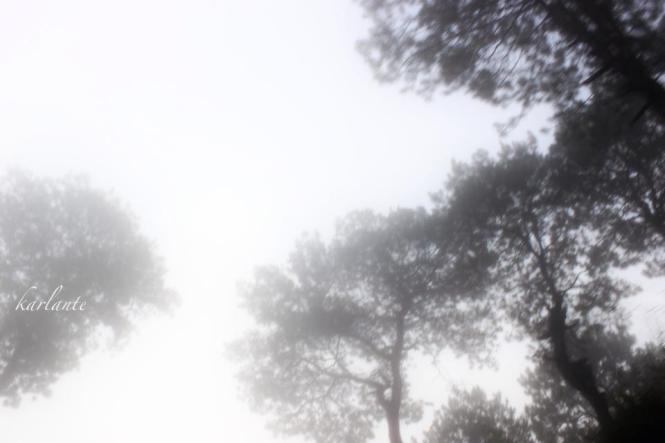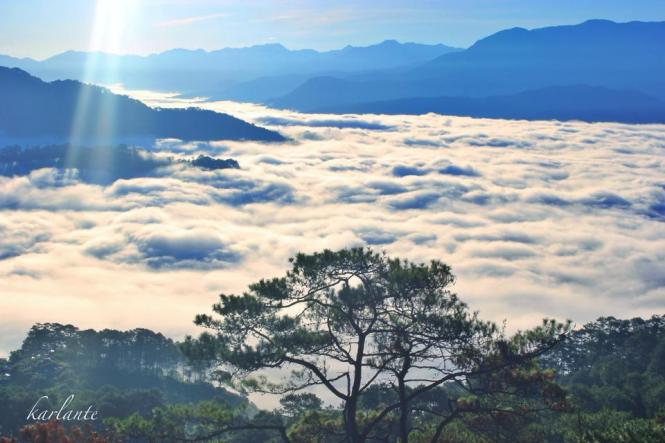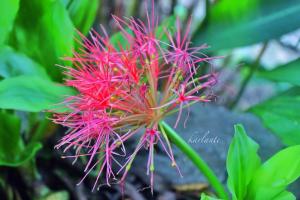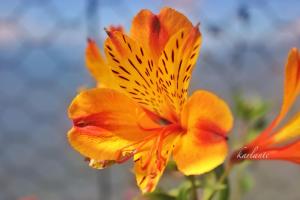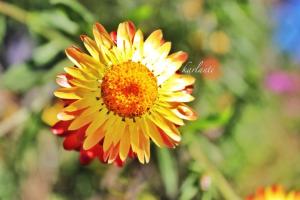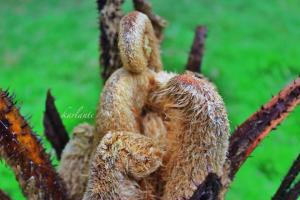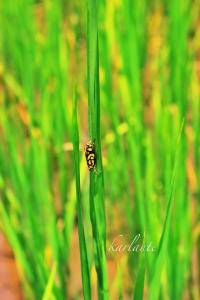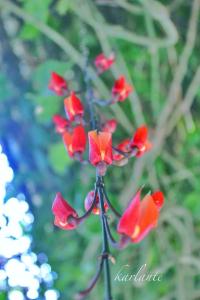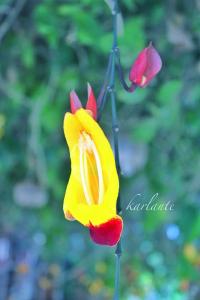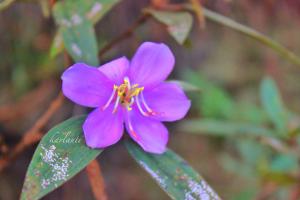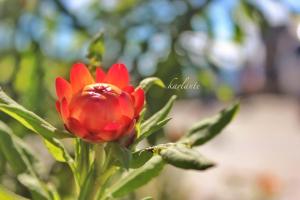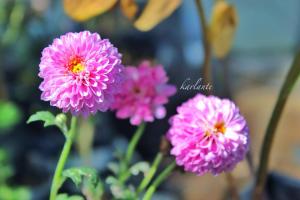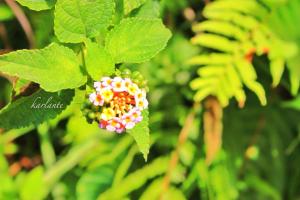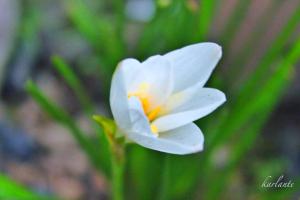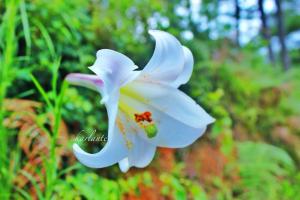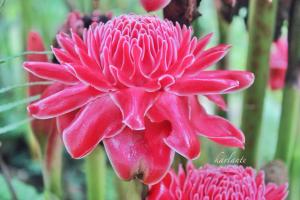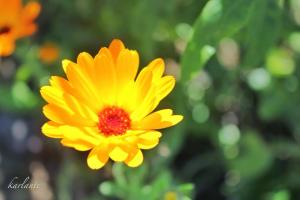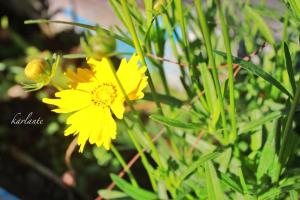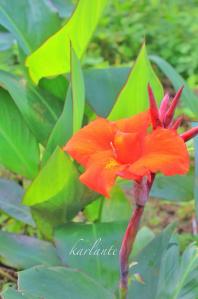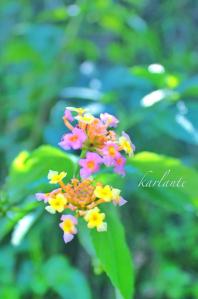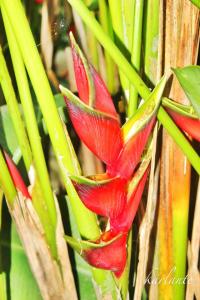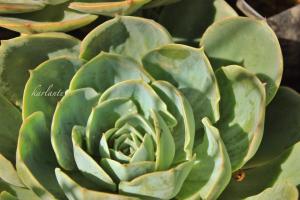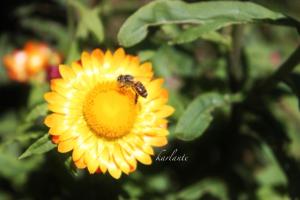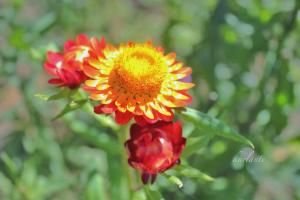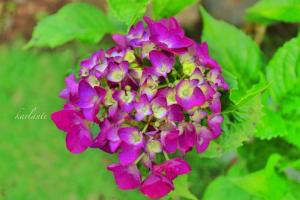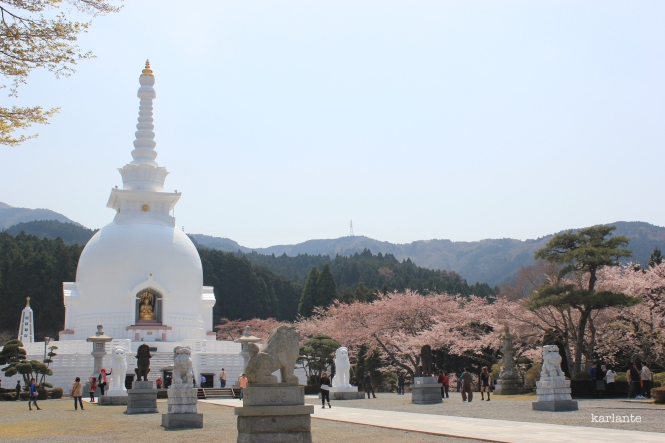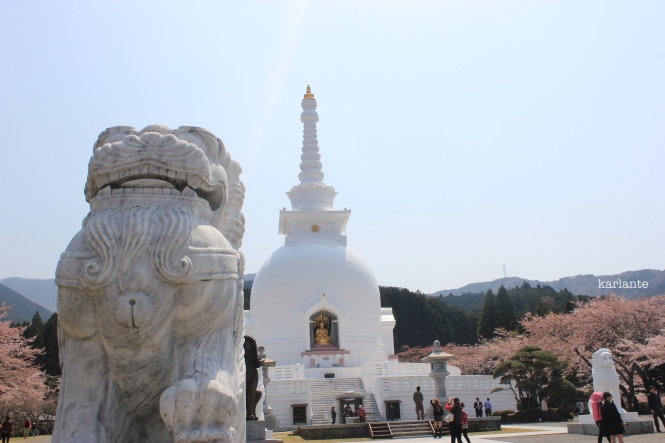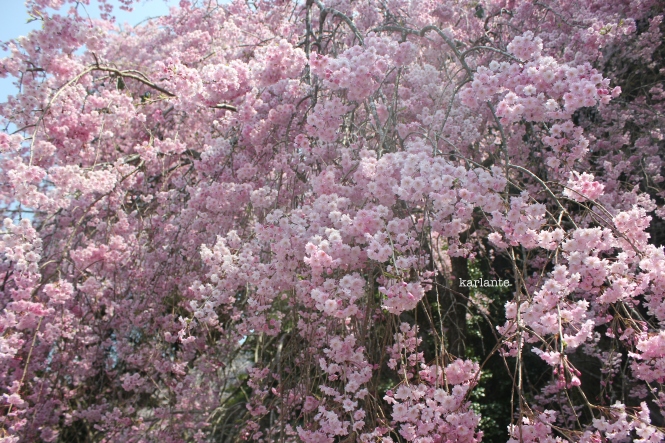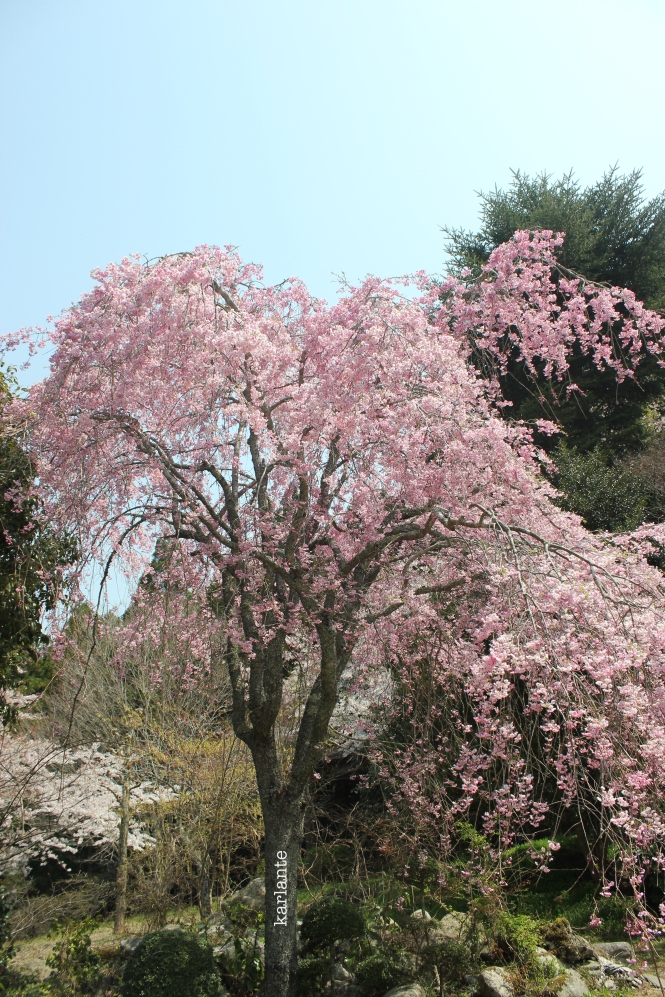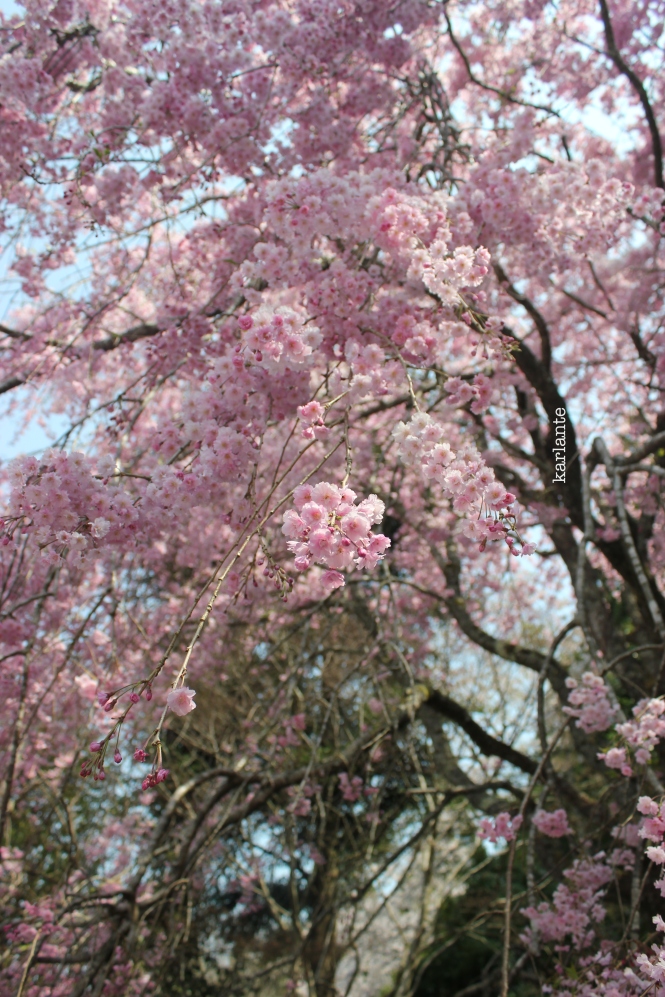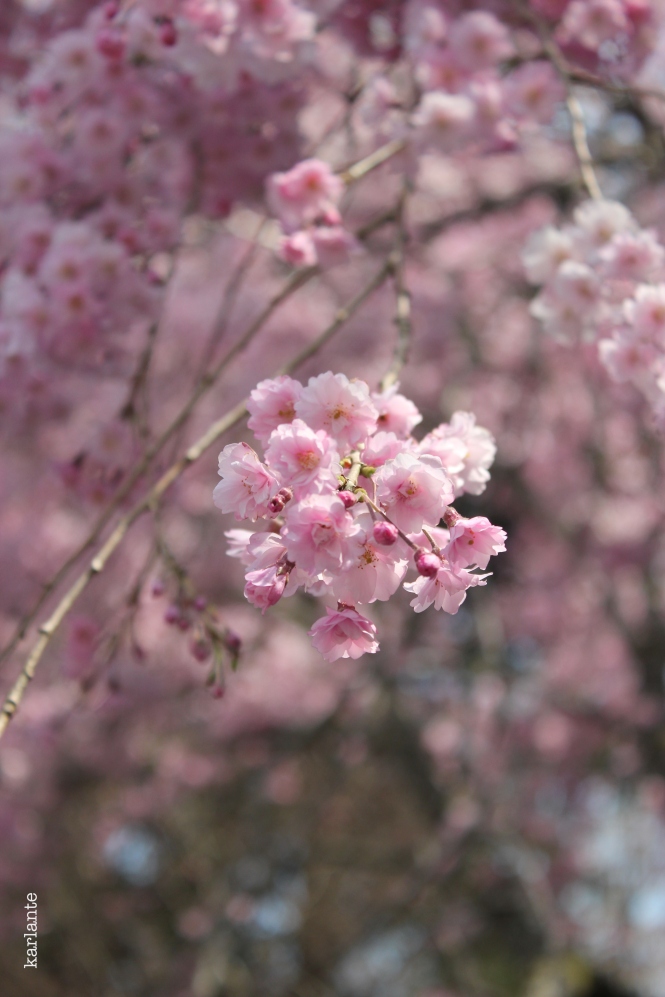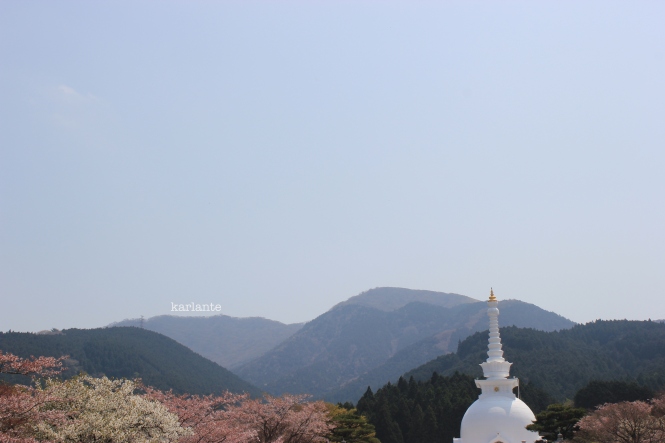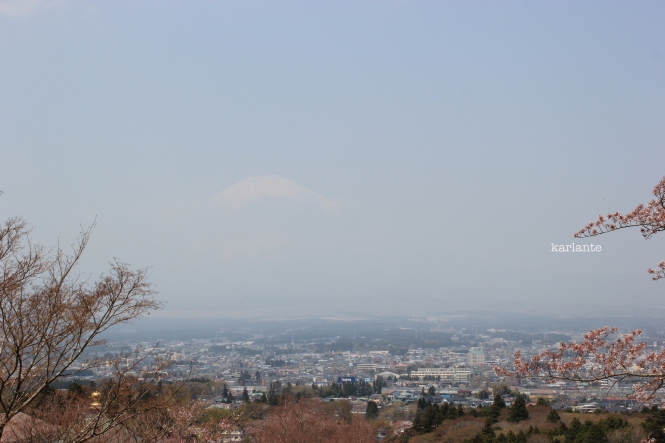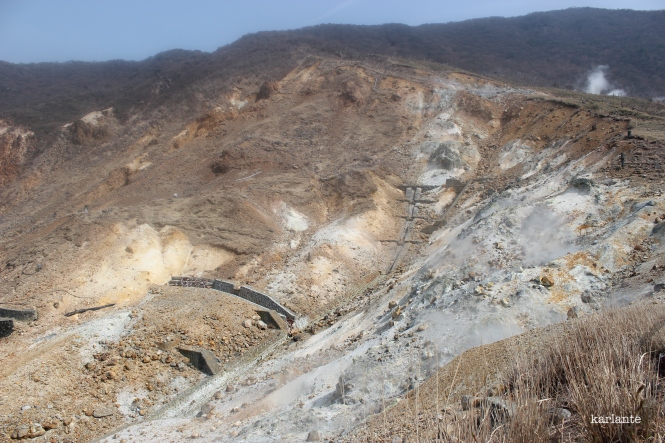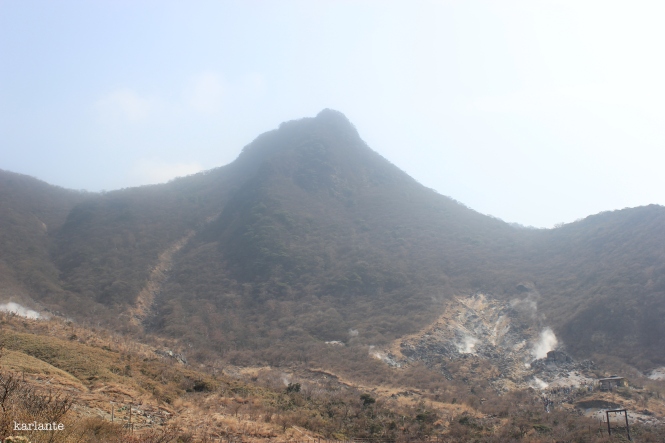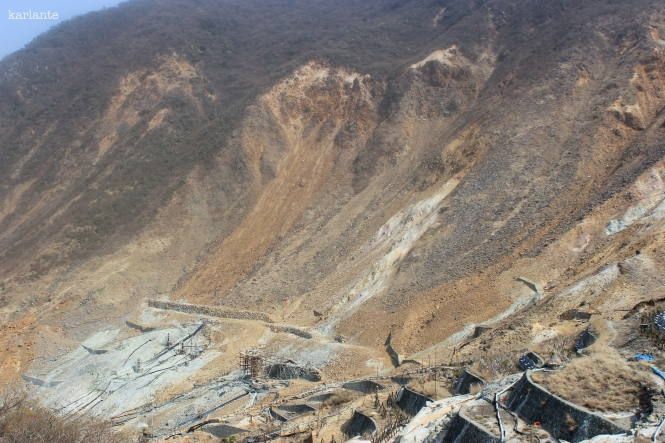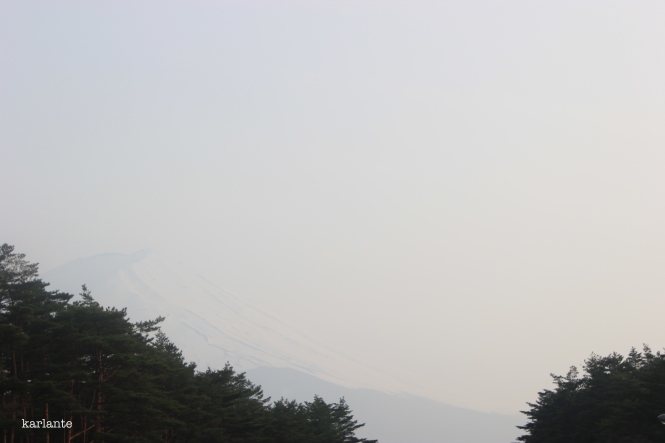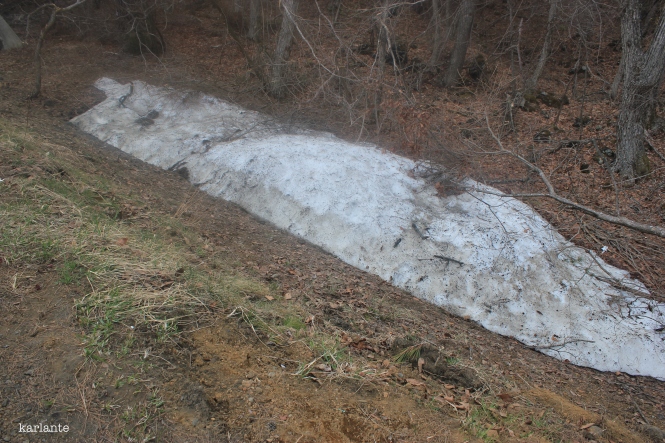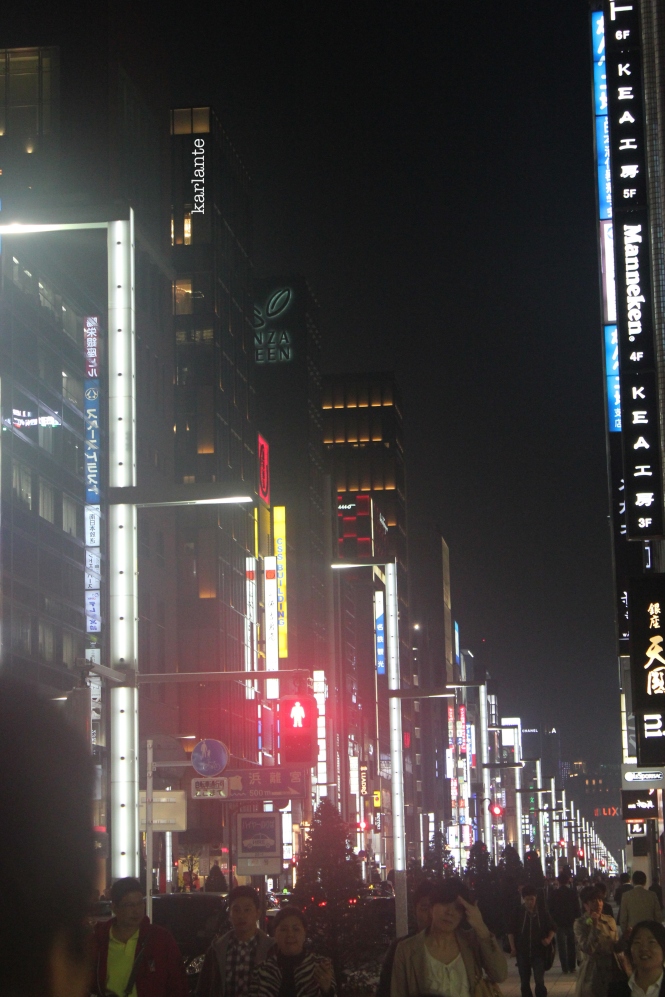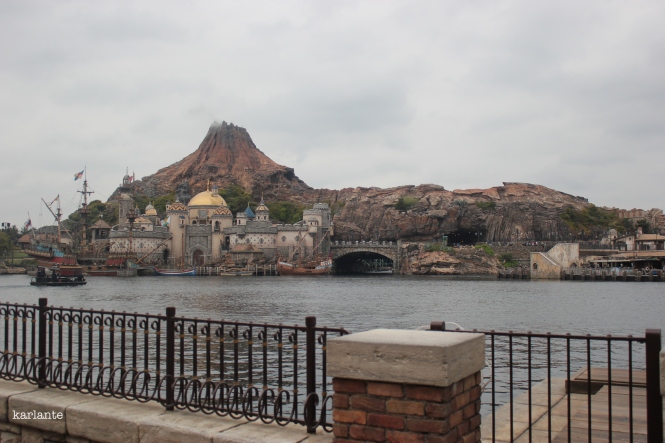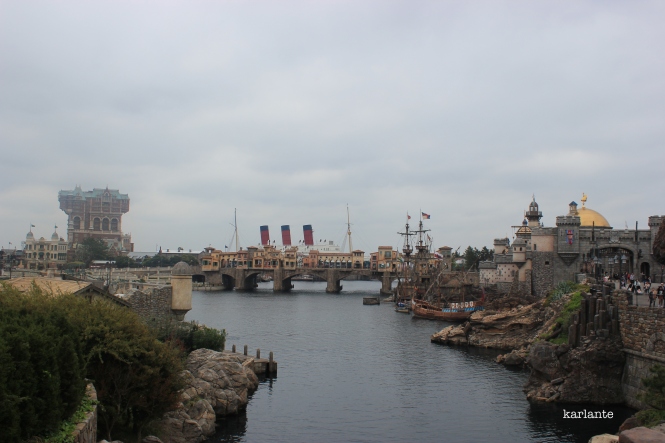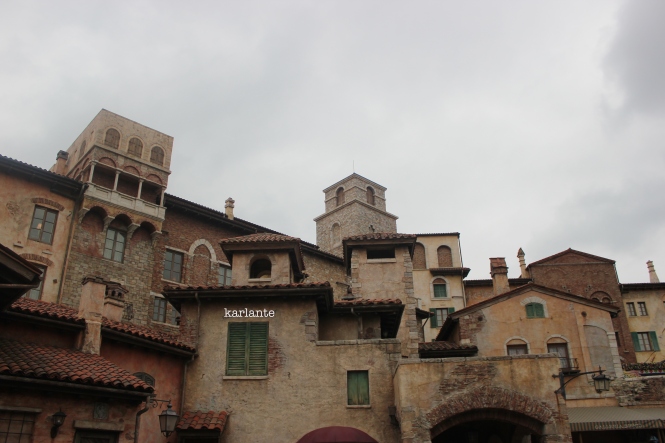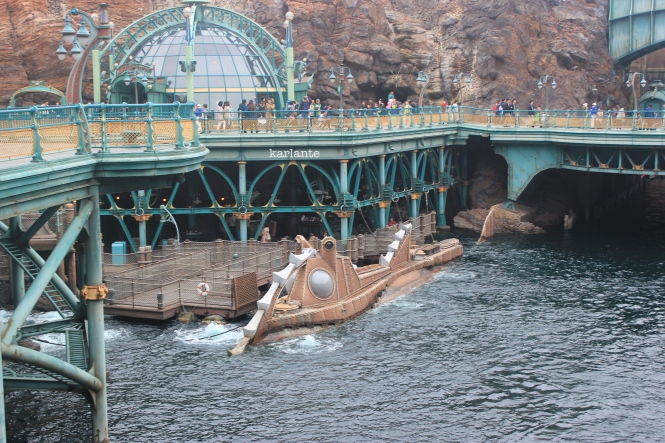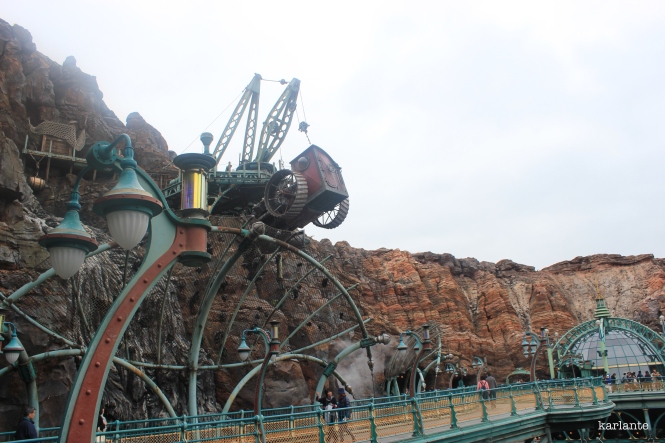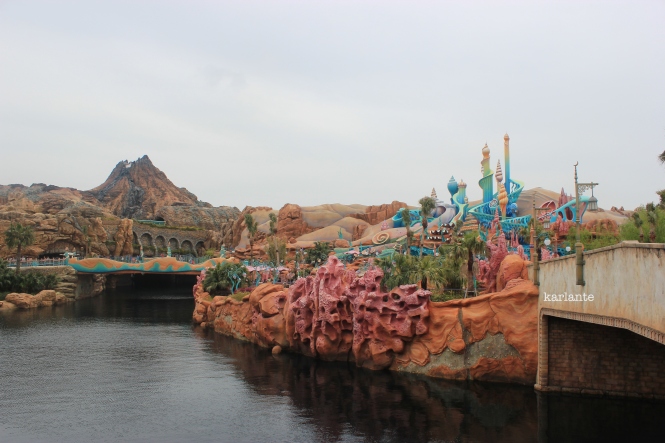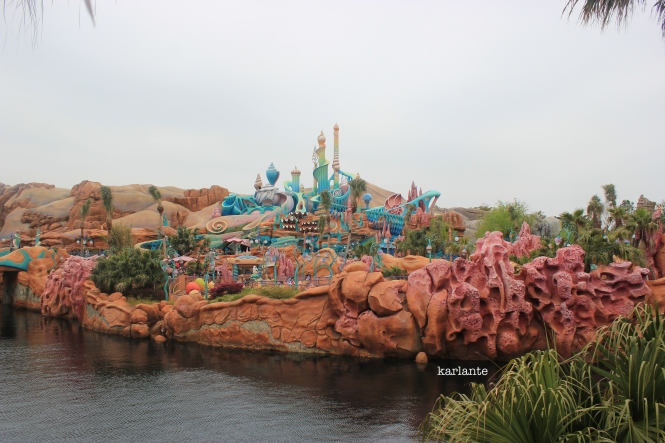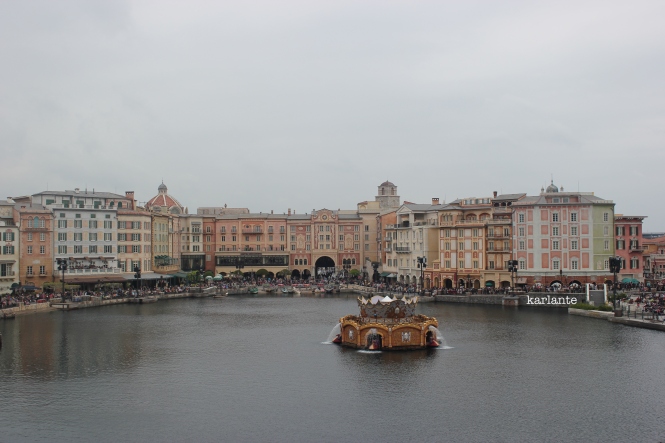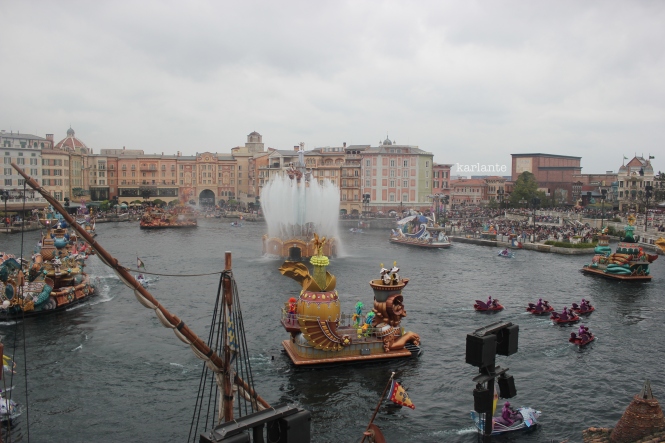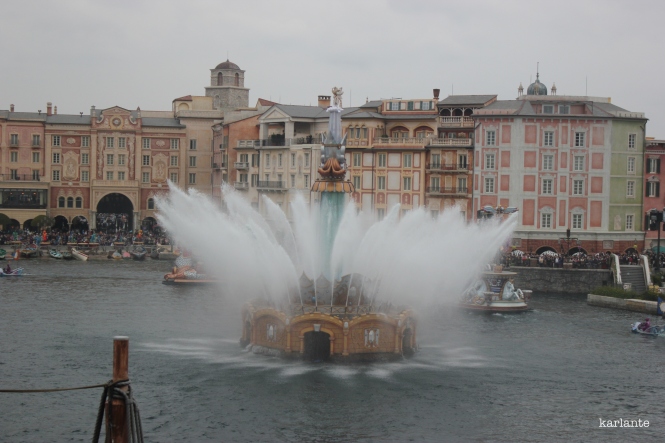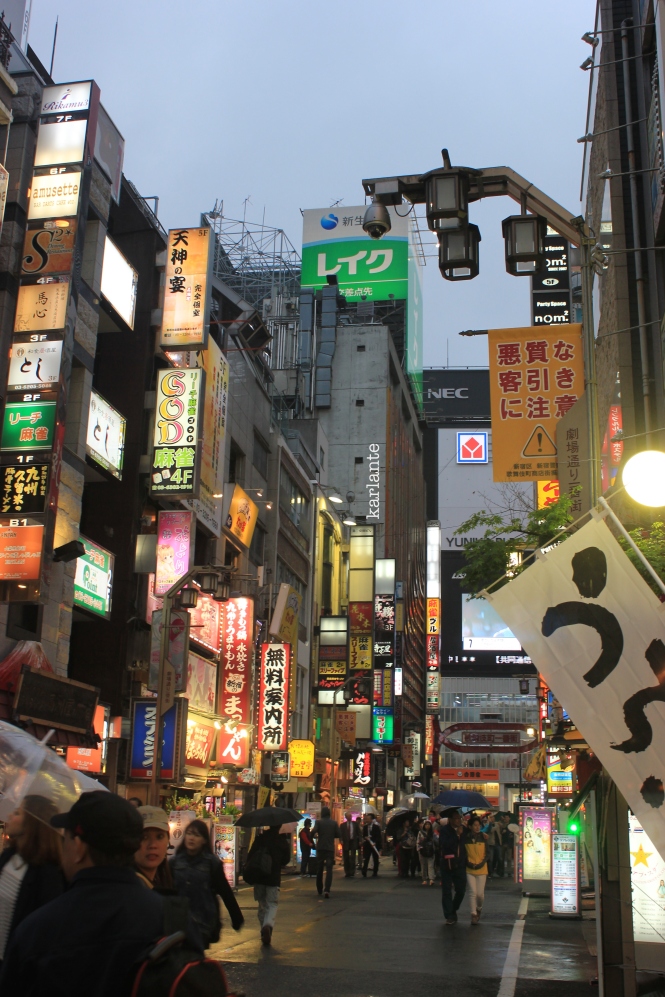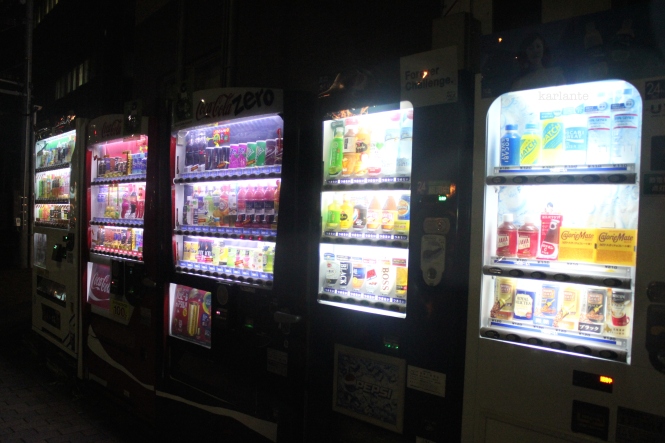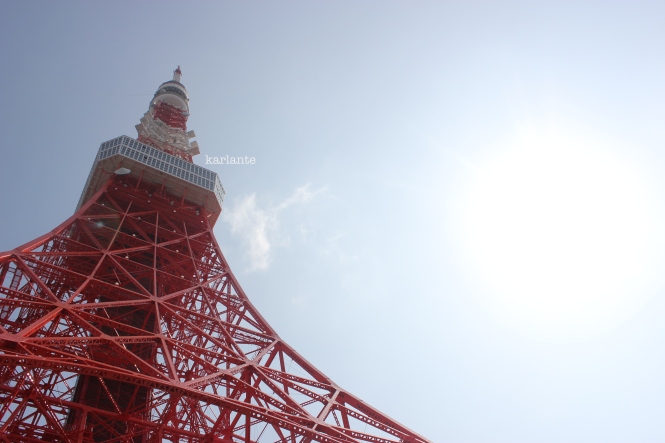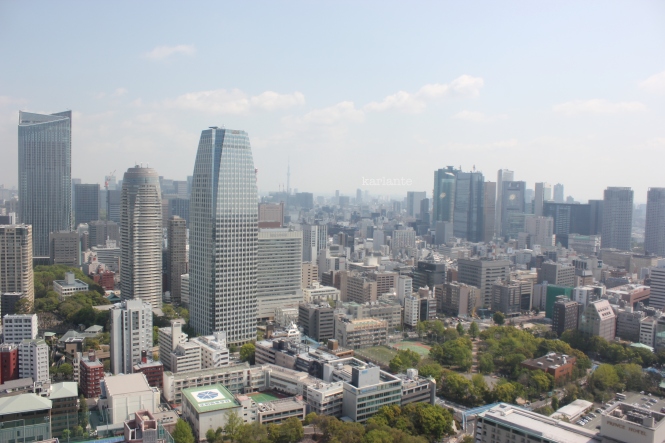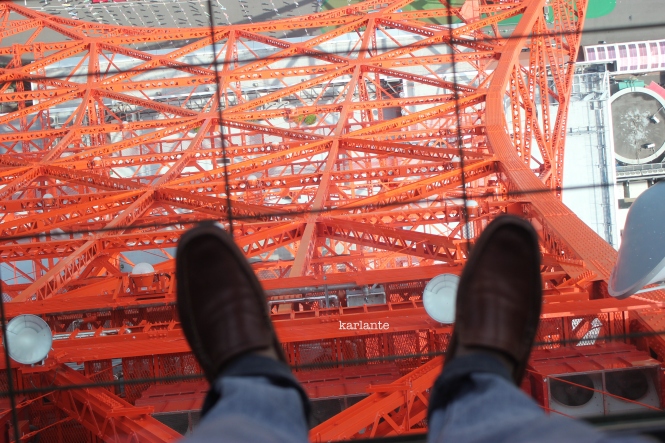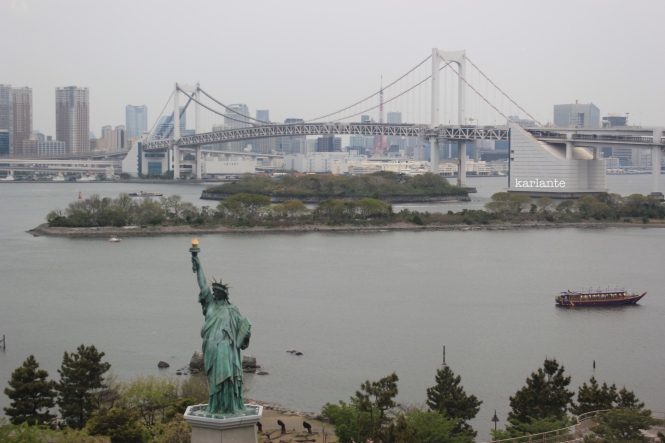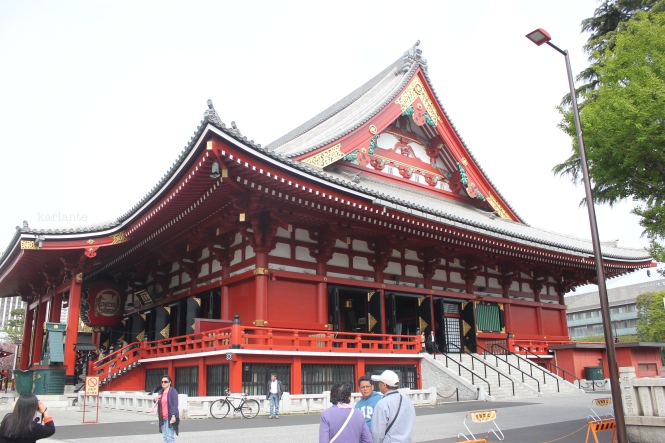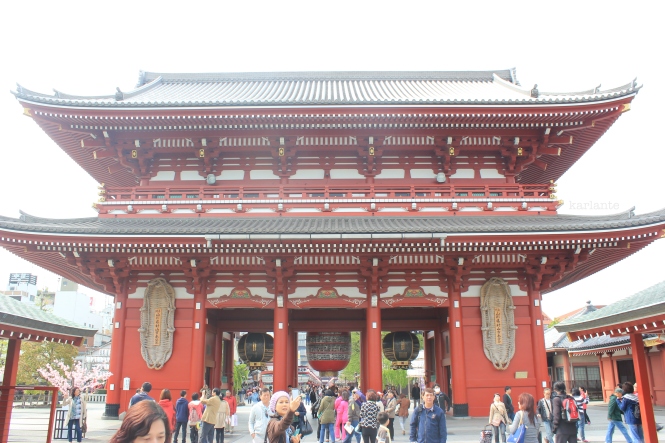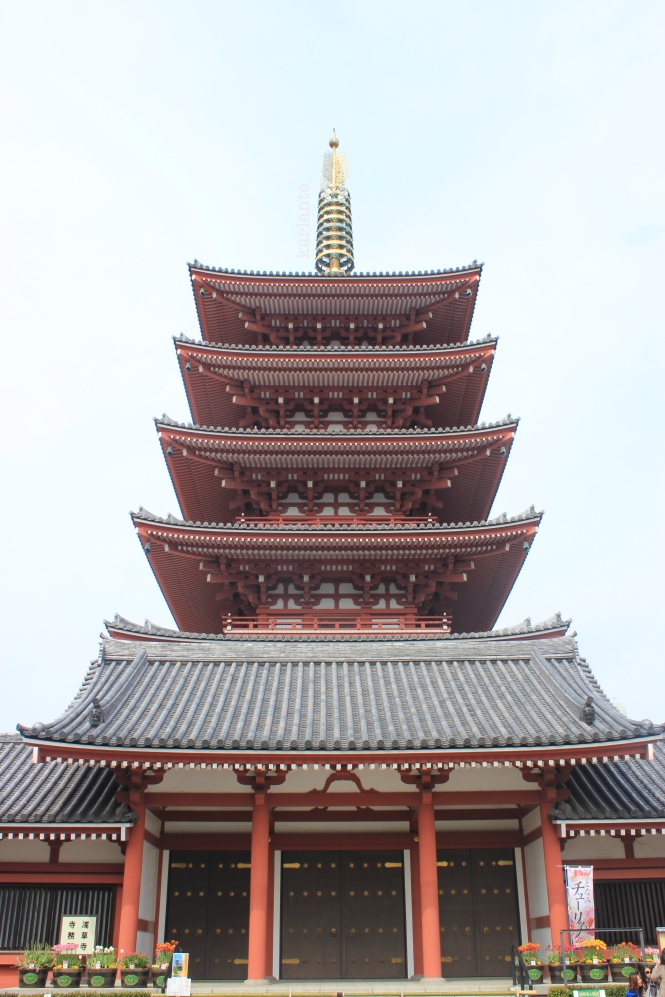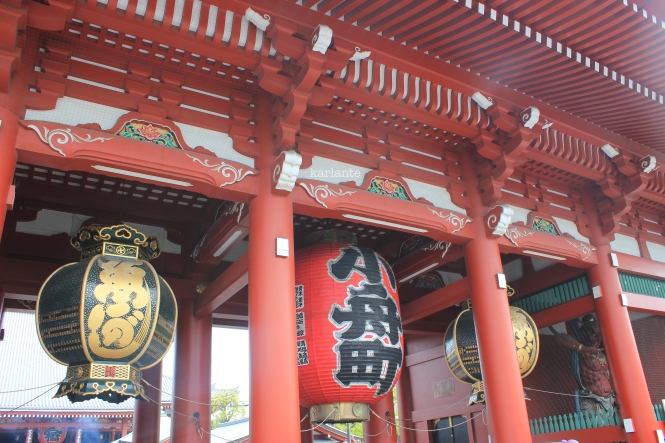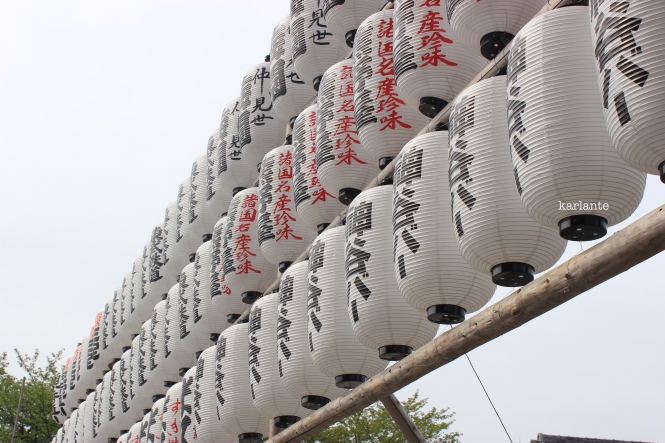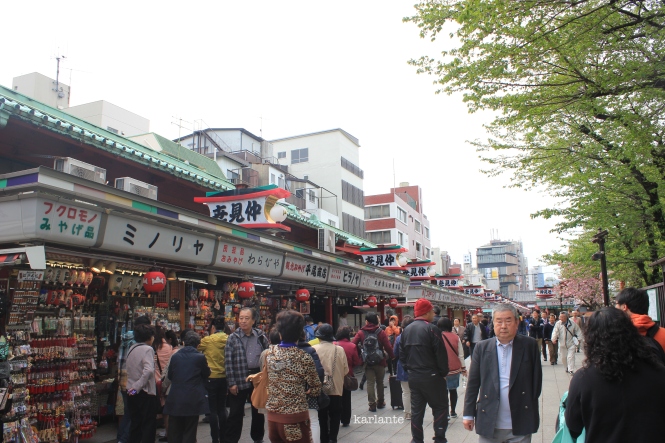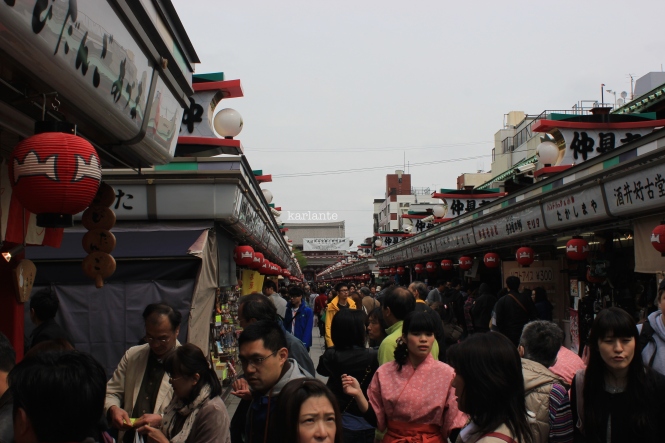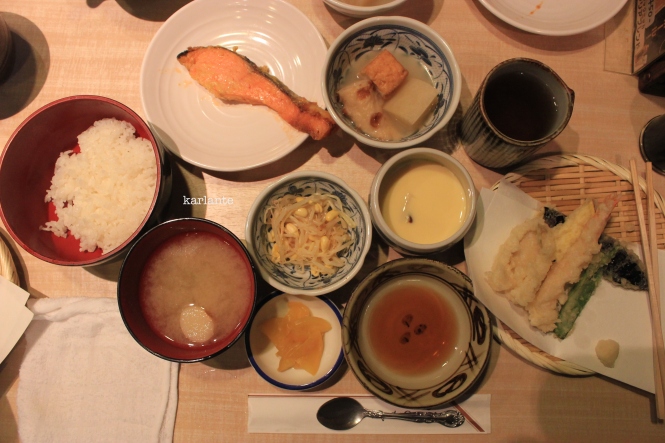
Beautiful Batanes
It is every Filipino traveler’s dream to “face the north” and visit the Land of the Ivatans—the island-province of Batanes.
Aside from being host to rolling hills, cliffy coasts and pristine beaches, this archipelagic province also boasts of its rich culture, warm people and crazy weather. As a self-claimed frequent traveler, I was challenged to conquer this paradise of emerald islands. That dream came true just recently when I got the chance to finally visit this heaven on earth.
Apart from being the northernmost, Batanes is also the smallest province both in terms of population and land area. Sandwiched by the West Philippine Sea and the Pacific Ocean, the group of islands is almost isolated in the north, except for its geographical proximity to Taiwan. A total of six municipalities compose the island-province. Basco, Mahatao, Ivana and Uyugan are all in the island of Batan; while Sabtang and Itbayat are both island municipalities (I was not able to visit Itbayat, which gives me more reason to come back).
So why is Batanes always in every Pinoy traveler’s to-go-to list and what’s in it that people are dying to witness its splendour? Let me count the reasons…
1. The landscapes
This one is a giveaway. Batanes is always known for its perfect landscapes. From the summit of the mighty Iraya, down to vast rolling hills, off to stretches of abrupt cliffs and immaculate beaches, everything you see is nature’s work of art, and that is just one island. Imagine eleven of such beauty.
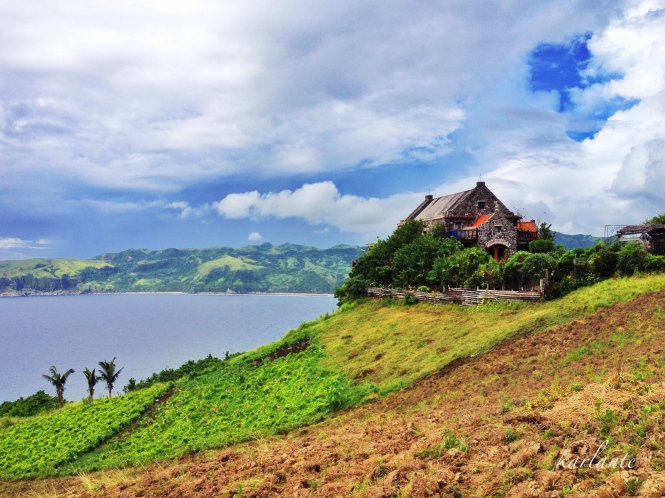
Fundacion Pacita
Basco, Batanes
The day I arrived in Basco, the capital municipality, I decided to stroll around the town proper. That is when I got the view of the best landscape therein—Mount Iraya. As the highest point in all of Batanes, the Iraya can be seen almost anywhere in the island of Batan. I was told by the lodge-keeper that I was lucky that the volcanic mountain was not shrouded by clouds that day as it was weeks before I arrived.

Mount Iraya looking over the town of Basco
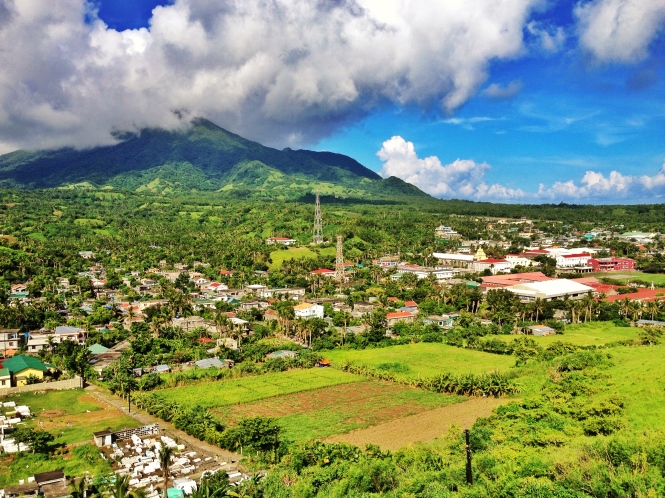
A view of Basco from Naidi Hills with Iraya on the background
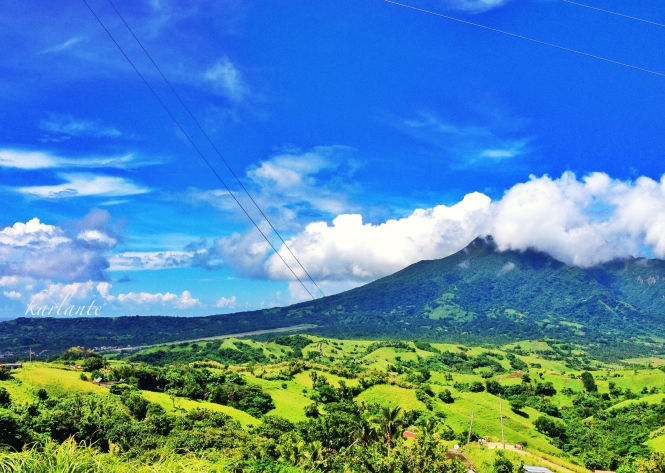
Iraya as seen from Tukun with a view of the pilot-famous inclined runway of Basco Airport
I must say, though that the most spectacular landscapes in Batanes that I saw are Tinian Viewpoint (Chamantad), Marlboro Hills (Racuh a Payaman) and Vayang Rolling Hills.
Tinian Viewpoint is located in Sabtang. This place is basically taken out of Tolkien’s legendarium. This place is Middle Earth itself! I was actually waiting for a hobbit, a dwarf, an elf or even an orc to suddenly come running across its slopes.
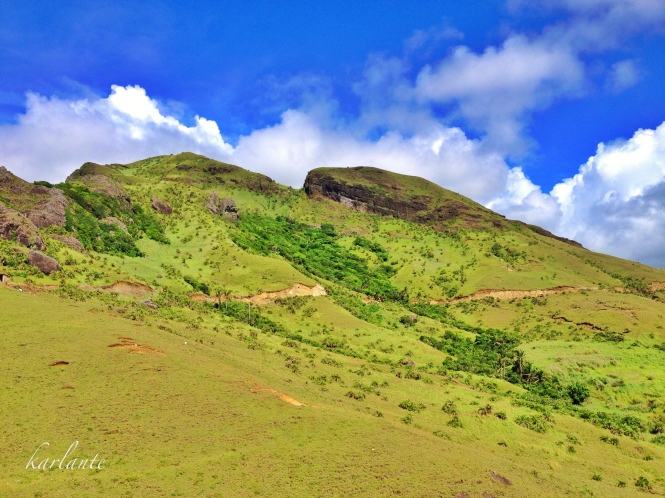
Now tell me this is not Middle Earth
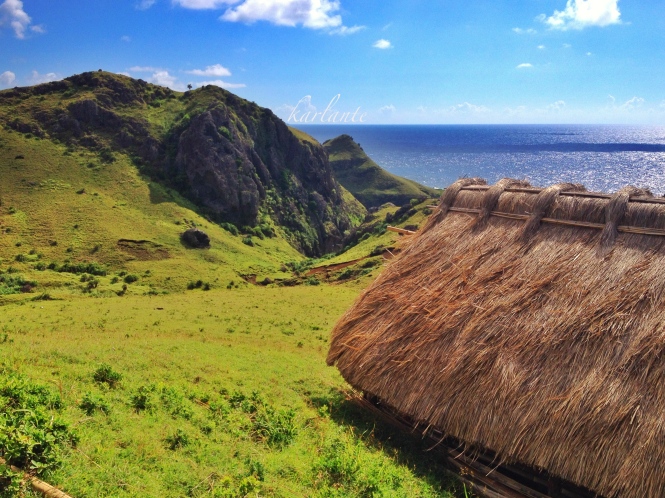
Tinian Viewpoint (Chamantad)
Marlboro Hills, which is locally called Racuh a Payaman (large pasturelands), is in Mahatao. The place got its monicker as the locals compared it to the scenic landscapes in one of Marlboro Cigarette’s old TV ads. It became famous among local and foreign tourists and the name stuck (though I personally prefer the name Racuh a Payaman). The pastureland is communal so locals, upon membership to a certain association, may let their livestock (mostly carabaos) graze freely on the vast meadows.
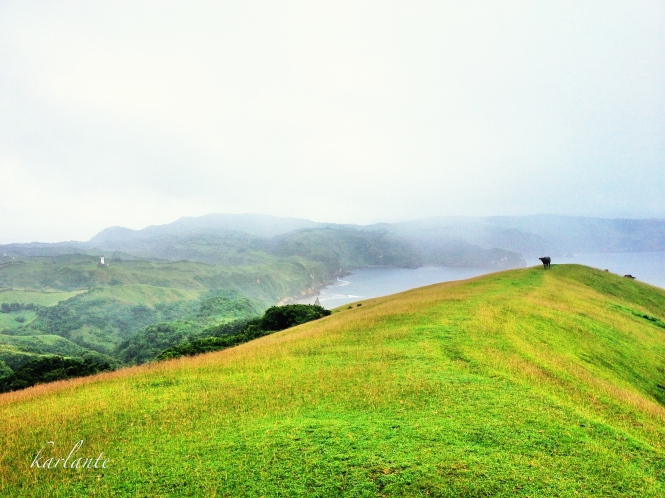
Racuh a Payaman (large pasturelands)
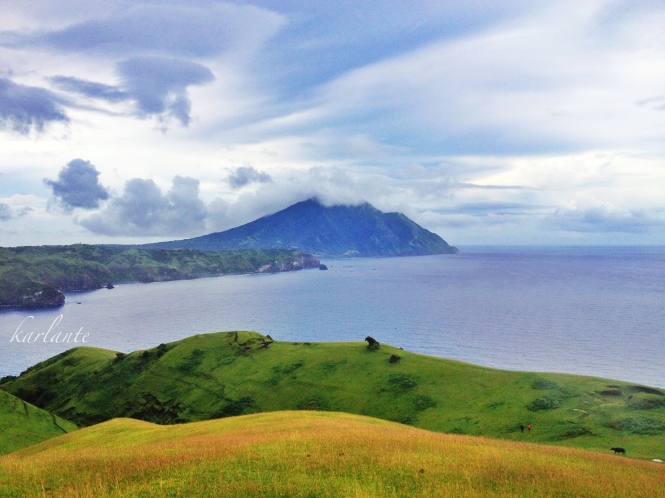
Marlboro Hills (Racuh a Payaman) with Iraya on the background, shrouded in clouds
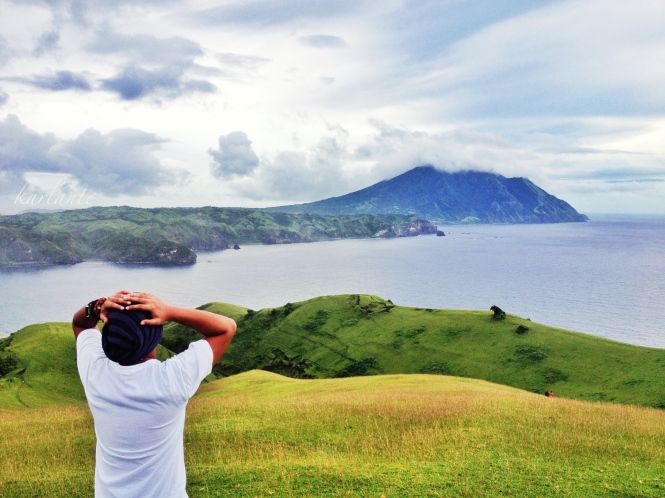
Unbelievable Beauty.
Marlboro Hills (Racuh a Payaman)
Vayang Rolling Hills is in Basco. This is probably how Eden would have looked like. Discovering this place is like discovering paradise. Vayang is also a communal pastureland, but unlike Racuh a Payaman, cows graze its wide fields of grass. Also found in Vayang is an “idjang”—a natural fortress used by tribes in earlier times as refuge during tribal wars. On a clear day, you can also get a glimpse of Itbayat island across the sea.
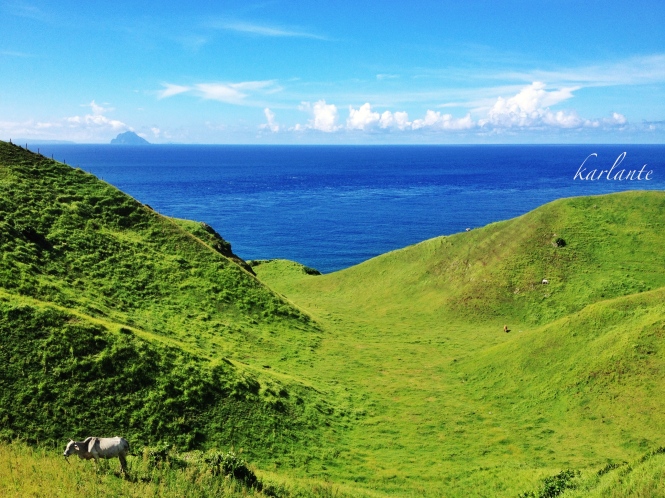
Vayang Rolling Hills
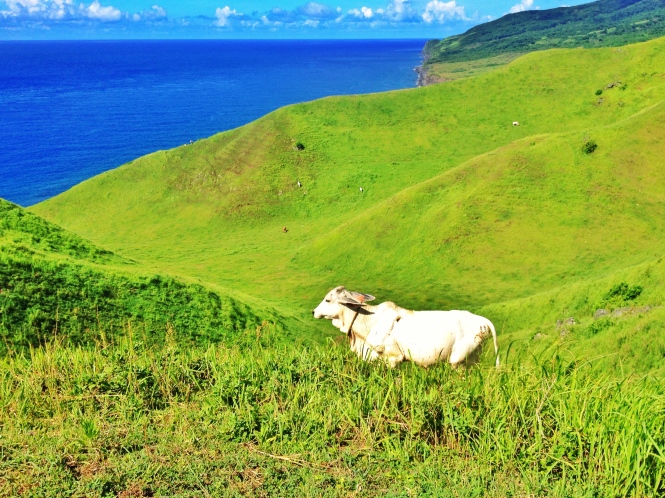
Cows are grazing freely in the lush greens of Vayang
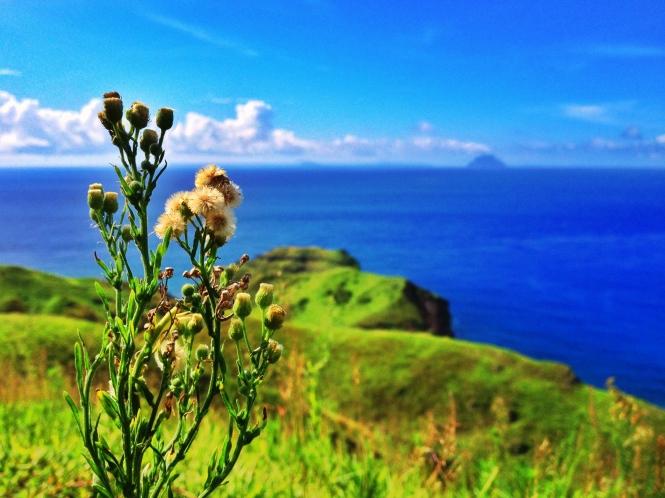
Batanes is nature’s playground

Discovering Batanes is like discovering paradise.
2. The seascapes
I am just as stunned by the seascapes of Batanes as by its landscapes. The way the sky meets the ocean on an endless horizon is just…WOW! Add to that the calming sight and sound of waves rushing to fine sands or hitting walls of rock and soil.
The Batanes coastline takes pride in its uniqueness. A kilometre of coastline can change from cliffs to rock formations to sand and boulder beaches.
Valugan Beach in Basco is famous for its sand—a grain of which is the size of an average boulder ;-). I was told by our tour guide that approximately 400 years ago, when Iraya last erupted, it ejected huge volcanic rocks that landed on the shoreline. Due to weathering and the waves of the ocean, the rocks were polished to smooth, sometimes almost spherical, boulders. Aside from the one in Valugan, there are other boulder beaches in Batan Island, especially on coasts near the volcano.
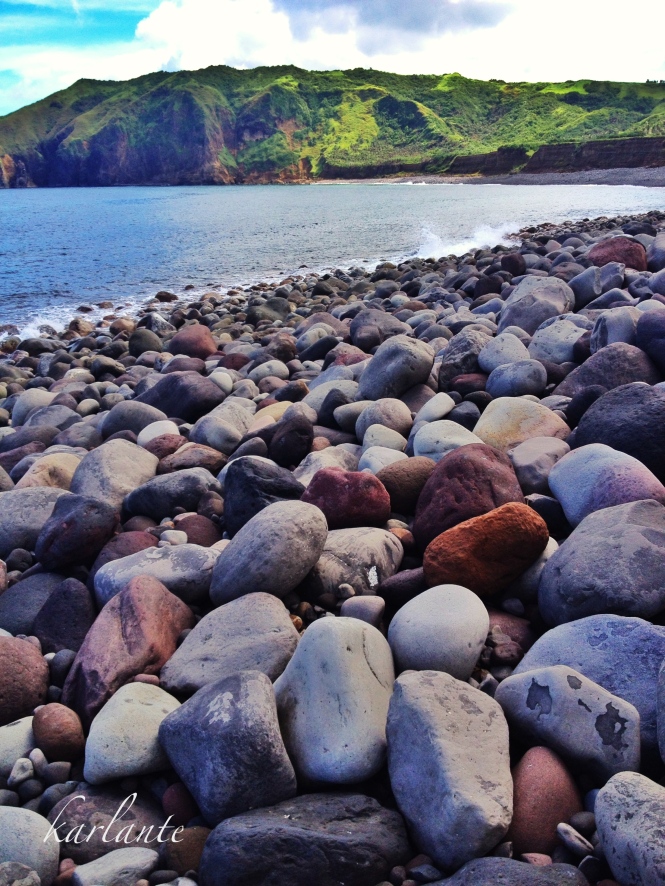
Valugan Boulder Beach

Balance
Valugan Boulder Beach
Aside from boulder beaches, cliffs are common. Most landscapes usually end suddenly into cliffs before the sea, making the most wonderful scenic spots you only see in CGI movies.
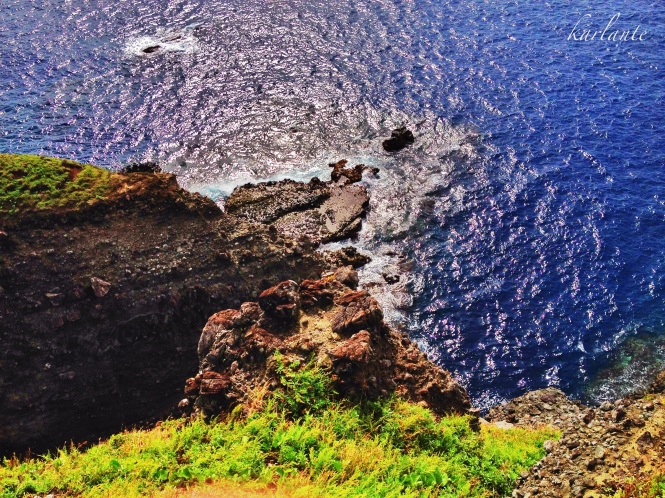
Chawa View Deck
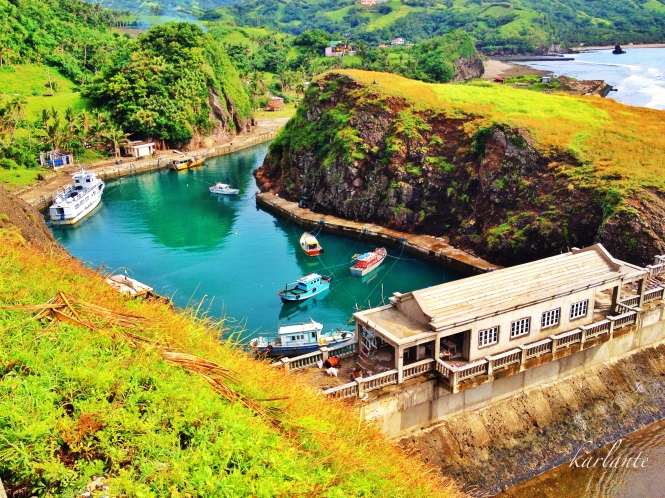
Macapagal-Abad Boat Shelter
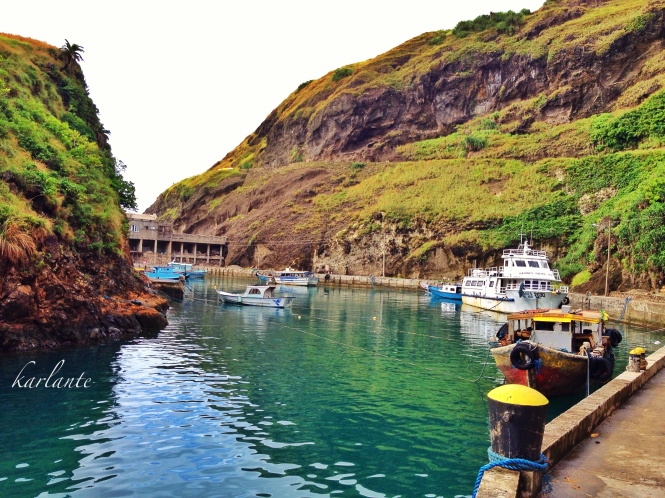
Macapagal-Abad Boat Shelter
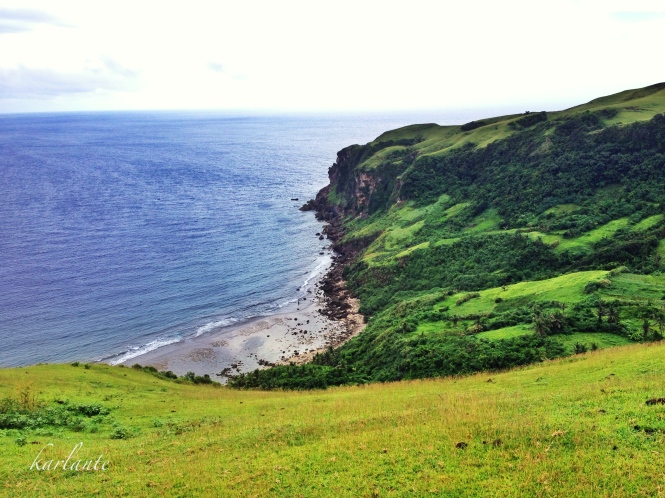
Cliffs at Racuh a Payaman

Huhmoron (Blue Lagoon)

Rock formations near Chavayan, Sabtang
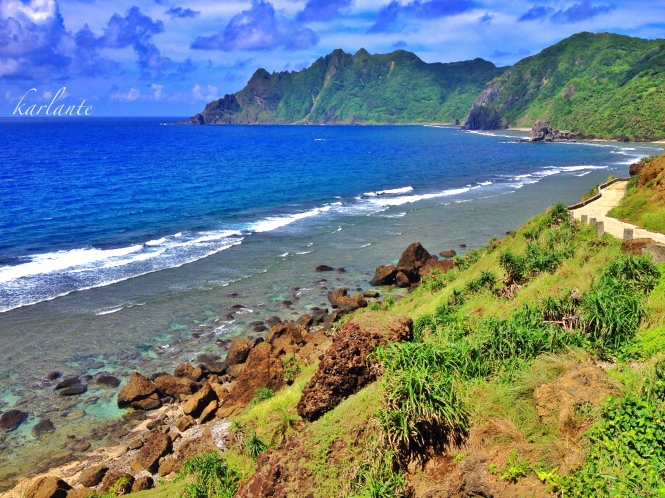
Cliffy coasts near Chavayan, Sabtang
Of course, beaches are a given. White and black sand beaches are juxtaposed with rock faces and the sight is divine.
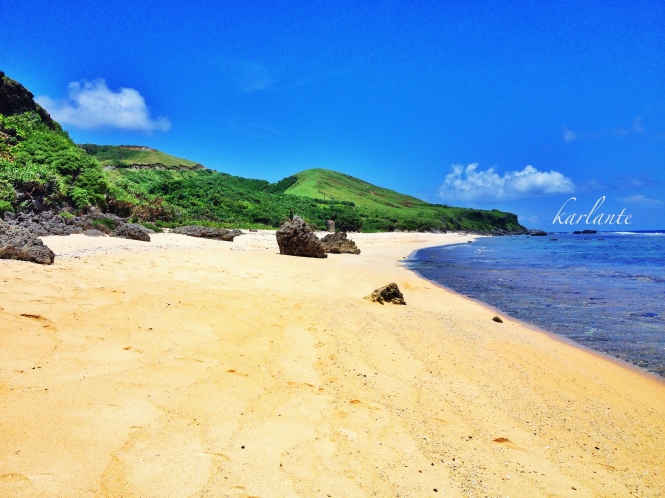
Morong Beach, Sabtang
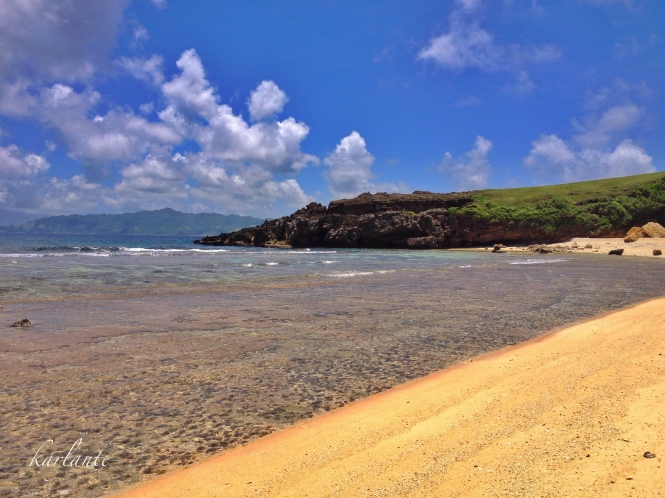
Morong Beach, Sabtang
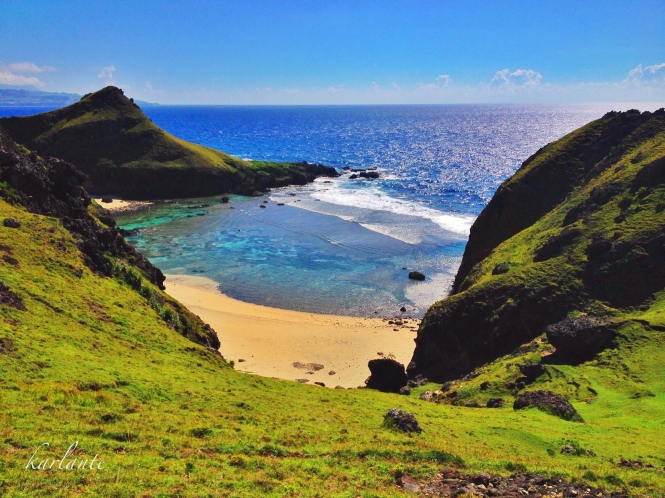
Chamantad (Tinian Viewpoint), Sabtang
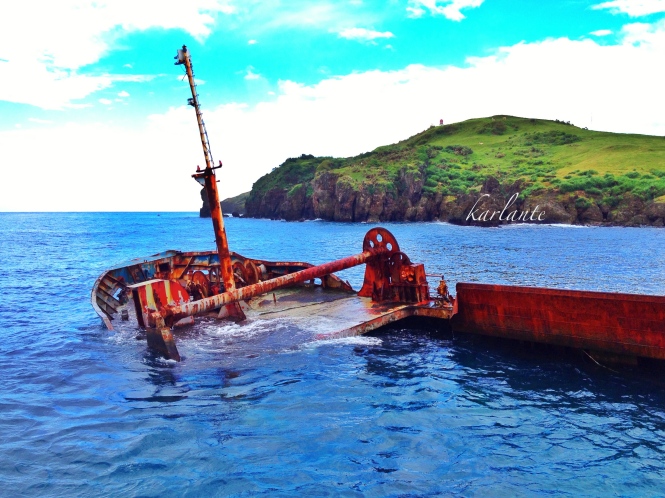
Even a wrecked ship by the port of Basco looks stunning
3. The Ivatans
I’ve heard a lot of good things about the people of Batanes and thought it overrated. Living in a country where the corruption index is always at an all time high, it is almost impossible to think that honesty stores exist. But it does…in Batanes.
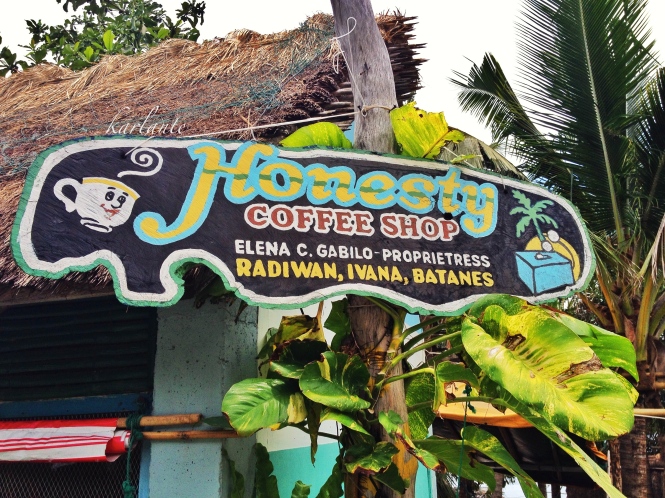
“LORD IS MY SECURITY GUARD”
That’s a sign you will see when you enter the Honesty Coffee Shop in Ivana.
More than the natural honesty of the Ivatans, they are also very warm, kind, generous and strong. I’ve met a lot of them to prove it.
Let me start with the epitome of kindness and generosity—Ate Fe. Most of those who visited the land of the Ivatans might already know Ate Fe and her husband, Kuya Victor. They own Marfel’s Lodge, and I am lucky to reserve my accommodations there. It is not the ritziest lodge, but you can stay at a fancy hotel in Batanes and feel the luxury, or stay at Marfel’s and feel at home. I admire Ate Fe and her lodge-keepers’ thoughtfulness. They would frequently visit us to check if there is still water and enough supplies, or just to ask us about our stay and our tours.
There is one time in my short stay there when I, together with the other guests, were invited to their town fiesta. And after, we were even led to their little pastureland where there is only one calf we named Miley.
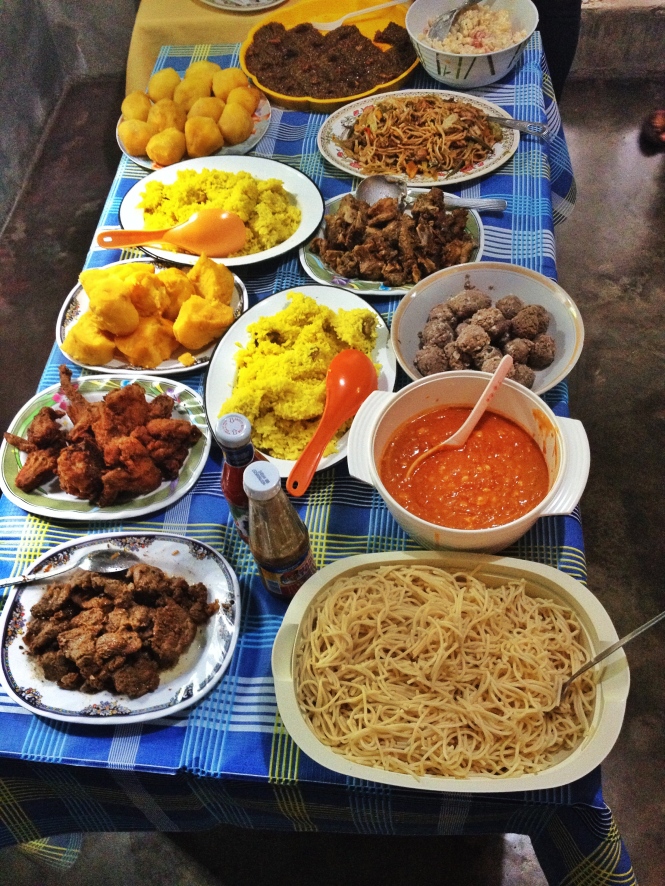
Fiesta!
Ate Fe invited us to their house to experience this sumptuous food.

Miley
Her mother died when she was born and they have to feed her milk using infant milk bottles. She can finish a gallon in barely 2 minutes! Imagine, she is being fed 3 times a day!
Where on earth, or in the Philippines at least, would you find a lodge owner who treats her guests as friends, if not as family? Well, Ate Fe is just that, and I feel fortunate to have found her.
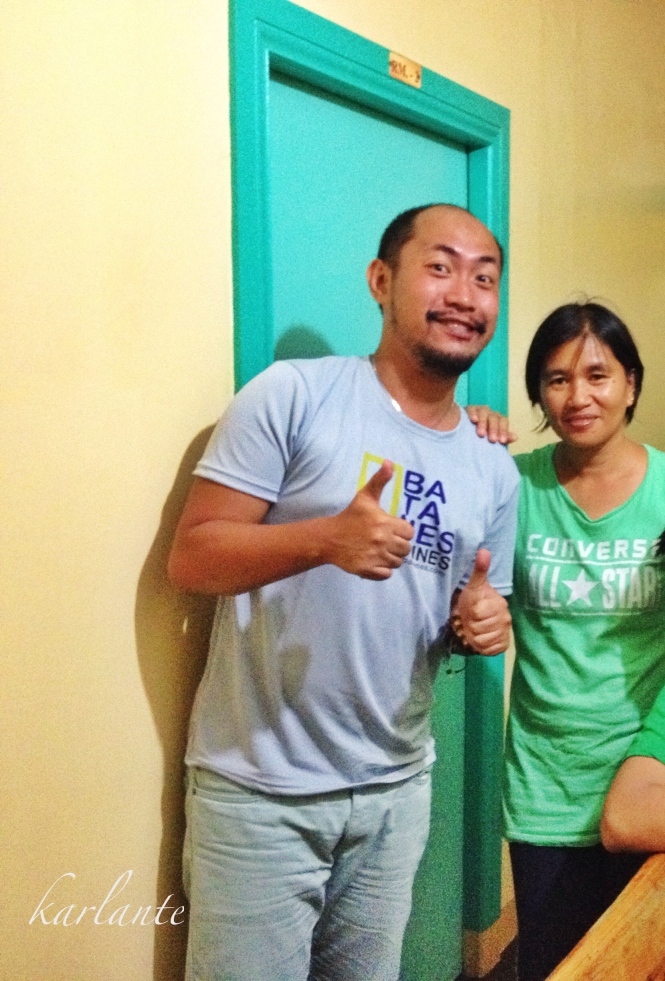
Ate Fe and I
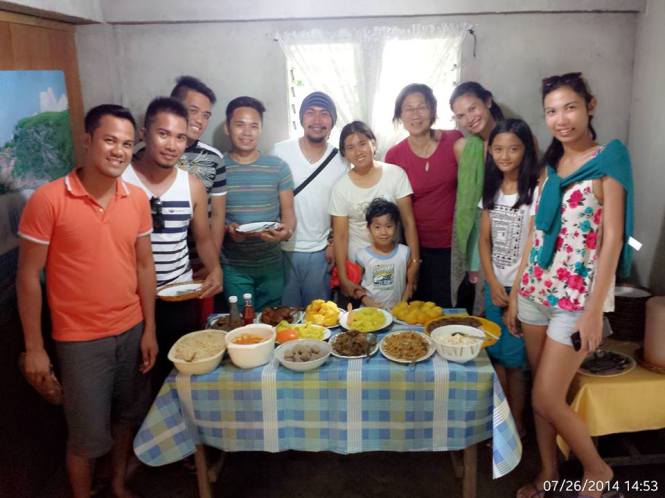
Fiesta at San Joaquin
Photo by Yul Guiang
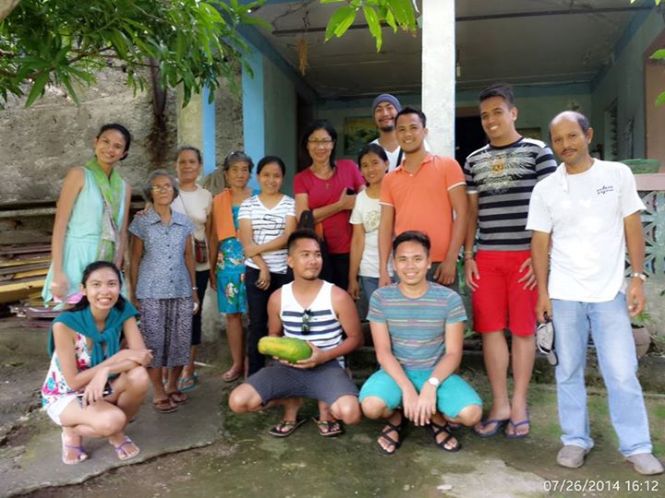
Ivatan Hospitality
Photo by Yul Guiang
On my tour to Sabtang, I also met Nanay Emilia, a weaver of local handicrafts. At 78 years old, she is still quite strong.
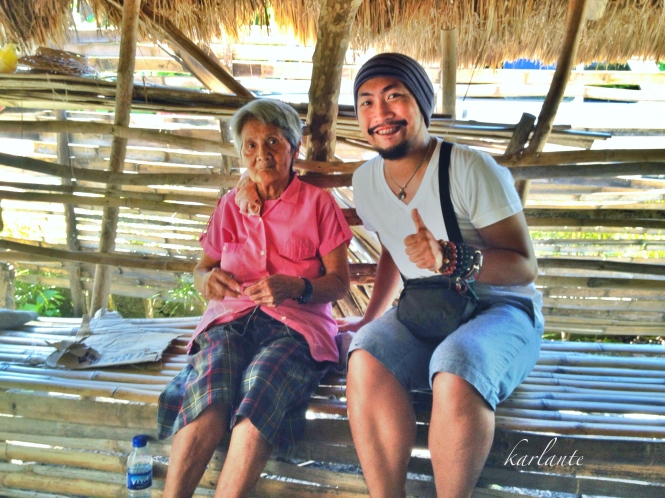
Nanay Emilia and I
I was fortunate to meet the owner of the Honesty Coffee Shop, Nanay Elena Gabilo.
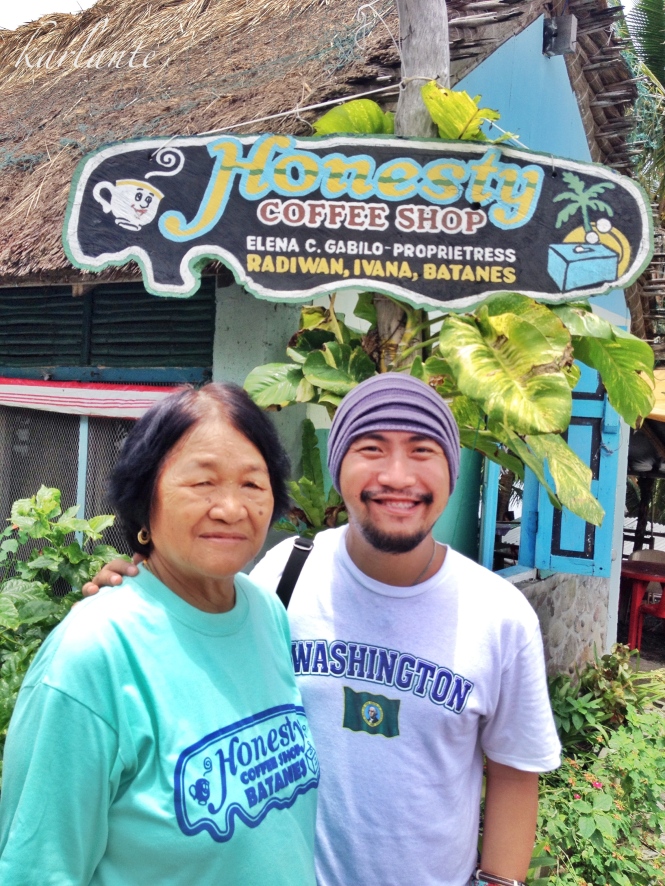
Nanay Elena, the Lord is her security guard.
One of the good traits of the Ivatans is their friendliness. On the Sunday that I was there, I decided to hear the early morning mass. As I walk from the lodge to the church of Basco, which is about a 10-minute stroll, I would generously receive greetings of good morning from the people I meet. If they can’t greet you, they would at least smile at you. These are things you wouldn’t experience in urban areas where people are always bowed down, indifferent of the people around them.
Ivatans are also good at sharing stories. Our tour guide, Ian, for one, shared with us a lot of interesting things about his hometown, most of which are in this blog entry. Also, during my last night, my lodge-mates and I went walking on the streets of Basco. While at a sari-sari store/barbecue stand, the locals approached us to share their stories—the simple Ivatan life, the challenges of living isolated in the middle of the ocean. Never in the Philippines will you find a place with people as warm, as generous and as caring as the Ivatans.
4. The heritage
From thick-walled stone houses, to unusual-looking headdresses, Batanes boasts of a rich cultural heritage. The farther you are from town centers, the greater the cultural feel.
The day of my Sabtang tour, I had to wake up early because there are limited boat trips to and from the island. From Basco, you must travel to Ivana, where the port is closest to Sabtang’s.
On the road to Ivana, however, you would come across a lot of interesting places. In Mahatao, there is a library called “Maywang a Libro du Vatan” or Batanes Blank Book Archive, where you would find books with blank pages. The concept is for the visitor to fill the books with their thoughts and experiences in Batanes.

Blank books waiting for authors
Maywang a Libro du Vatan, Mahatao, Batanes
And just in case you come across this archive soon, I left a message in book 1:

Upon reaching the town of Ivana, you would come across the oldest house in Batanes—the House of Dakay.
Almost a hundred years ago, a very strong earthquake struck Batanes, leaving only 5 houses standing. While the 4 others were either damaged eventually or torn down and renovated, the House of Dakay remained.
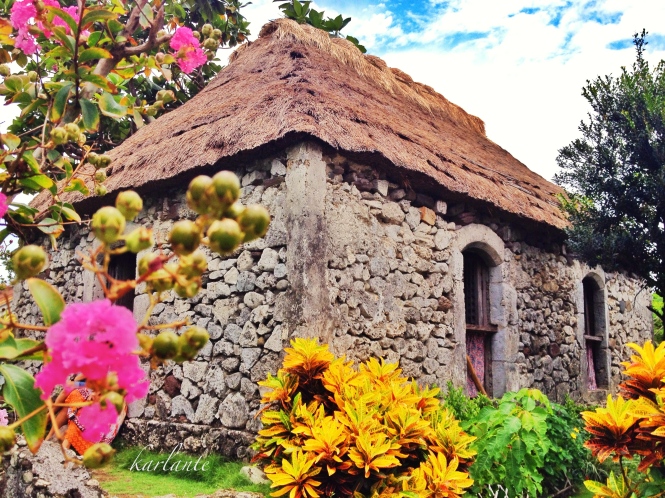
House of Dakay: Oldest house in Batanes
We still had a few more time to spare when we arrived at the port of Ivana. The boat from Sabtang is just unloading its passengers and cargo.
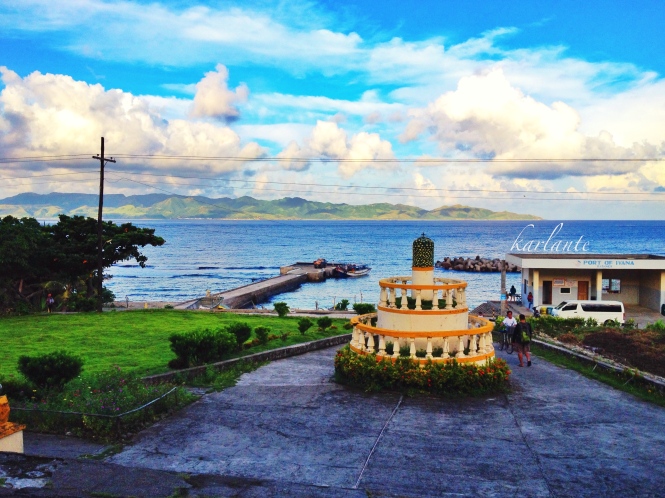
The port of Ivana as seen from San Jose de Ivana Church with Sabtang Island on the background
To get to Sabtang, you have to ride a falua—the traditional boat in Batanes. Faluas are tough at sea, both in dancing with gargantuan waves and in carrying loads of passengers, heavy equipment and even automobiles!
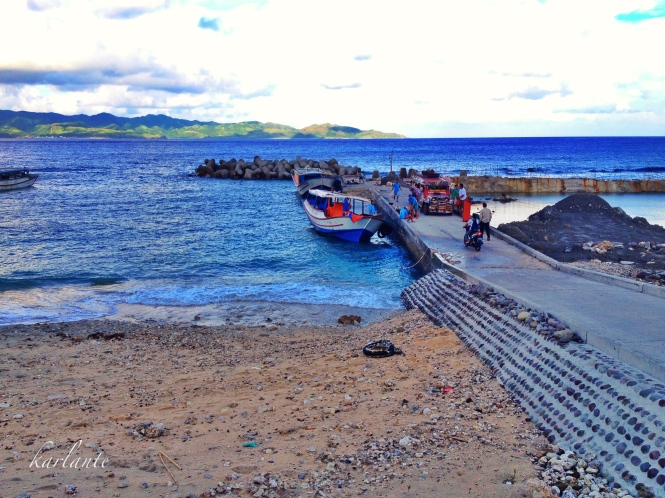
A falua moored in the port of Ivana.
Sabtang is known for their stone houses with walls half a meter thick. Made of relatively huge volcanic rocks, glued together by limestone and topped with thick layers of cogon grass, the stone houses can withstand intense earthquakes and weather super typhoons.
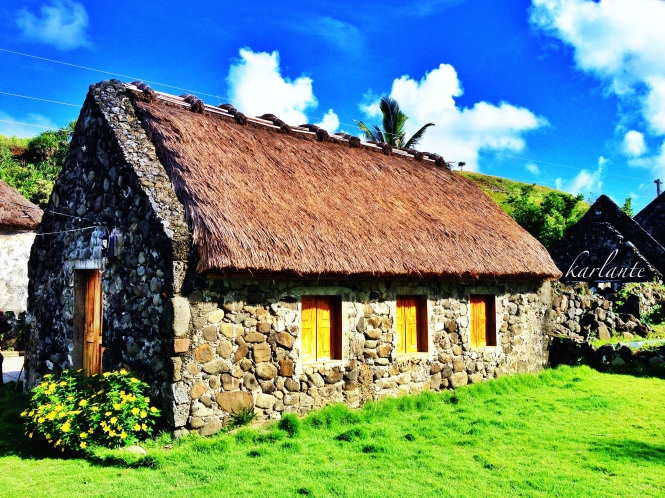
Typical Ivatan stone house
Stone houses are usually built to serve a single household purpose. The picture above, for instance, may only serve as the family’s living room. A separate stone house must be built to serve as kitchen and so on. A single family may have a complex of these stone houses.
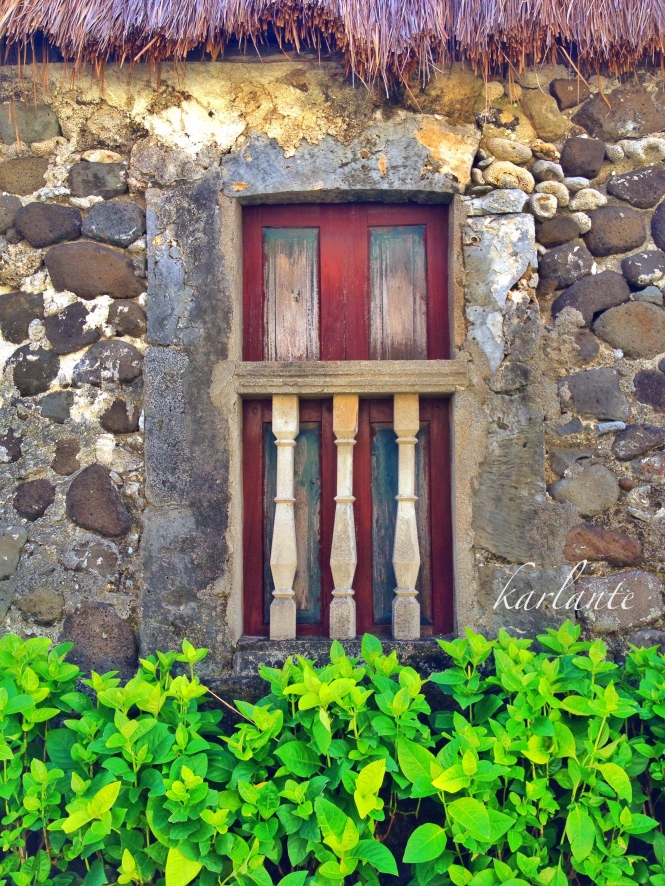
Being located in the storm super highway, the weather in Batanes can be very moody, from rainy in the morning, to sunny at noon, to windy in the afternoon, back to rainy in the evening. The people have to adapt to the crazy weather, which is probably why they came up with the vakul and the kanayi—traditional garments worn as protection from the scorching heat of the sun or as defense against heavy rains.

The vakul is worn by Ivatan women like a headdress.
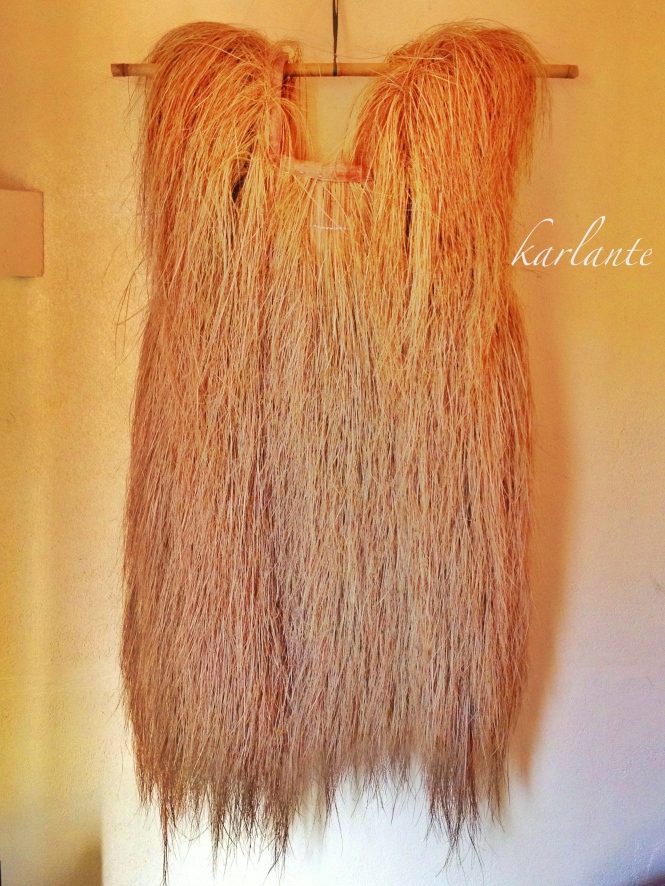
The kanayi is worn by Ivatan men like a vest.
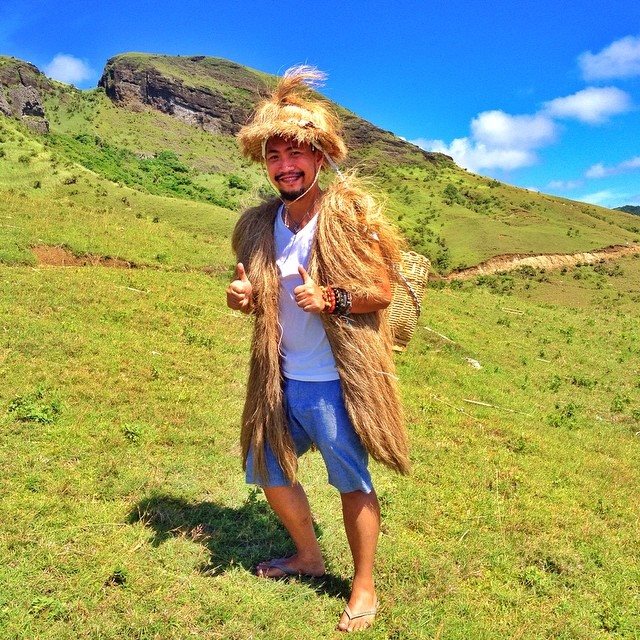
Me wearing a kanayi
5. The churches
Because of its distance from Manila, or even mainland Luzon, it is almost impossible to think that the religious influence of the Spanish colonizers reached Batanes, but it did. Proof of that is the presence of heritage churches in all 6 municipalities. I was not able to go to all of them, though.

Basco Church
The Basco Church or Cathedral of the Immaculate Conception (patroness of the province), was originally built by the Dominicans under the patronage of St. Dominic de Guzman. Since it was first built in the late 18th century, the church already withstood the tests of time after countless renovations, major wars and destructive earthquakes.
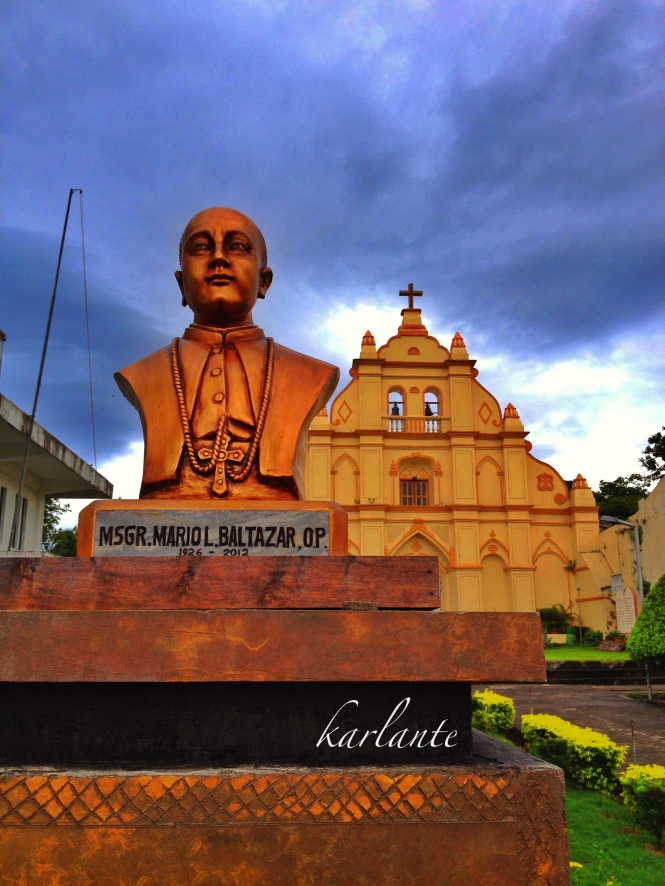
Basco Church
The Mahatao Church was built dedicated to St. Carlos Borromeo. The Church was declared a cultural treasure by the National Museum of the Philippines.
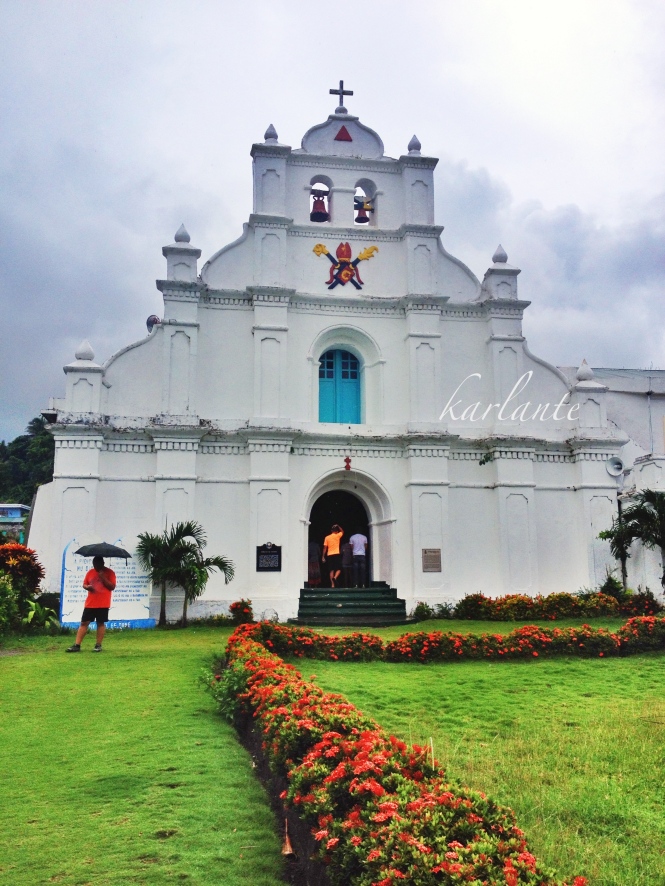
Mahatao Church
The church in Ivana is unique because it is the only one in Batanes that has a separate campanile. The church was dedicated to St. Joseph.
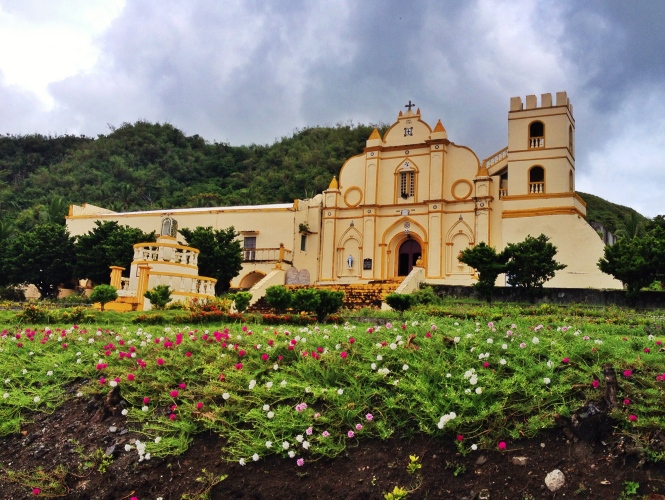
Ivana Church
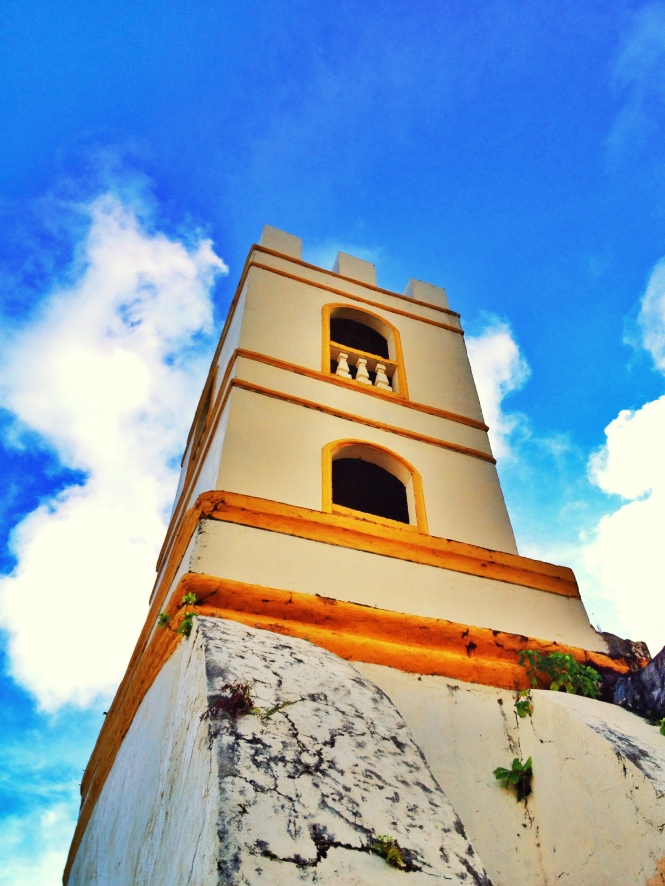
Campanile of Ivana Church
The church in the island municipality of Sabtang was built in dedication to St. Vincent Ferrer, a couple of years after the construction of Basco Church in the late 18th century. It was once abandoned, together with the rest of Sabtang, after all residents in the island were forced to move to Ivana when an uprising was ignited under the leadership of Aman Dangat less than a decade after the church was erected.
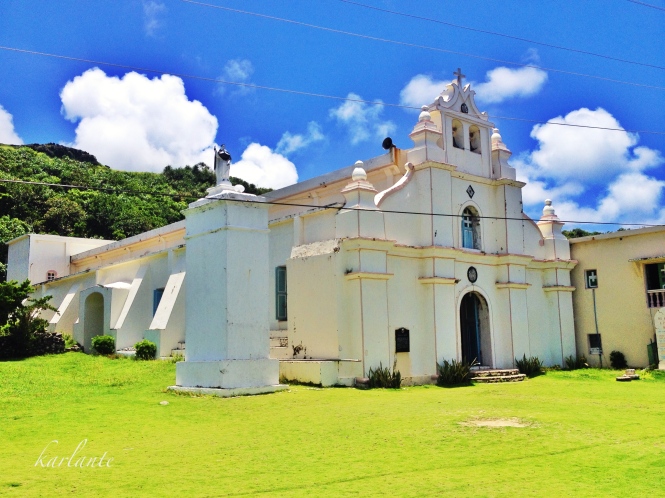
Sabtang Church
Aside from major churches, chapels can also be found in remote barangays.
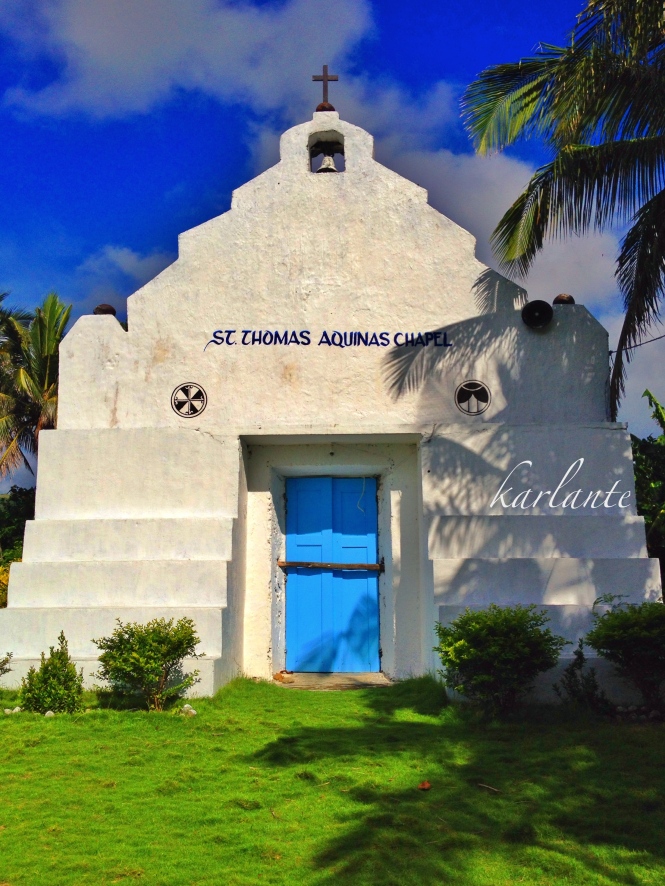
St. Thomas Aquinas Chapel, Savidug, Sabtang
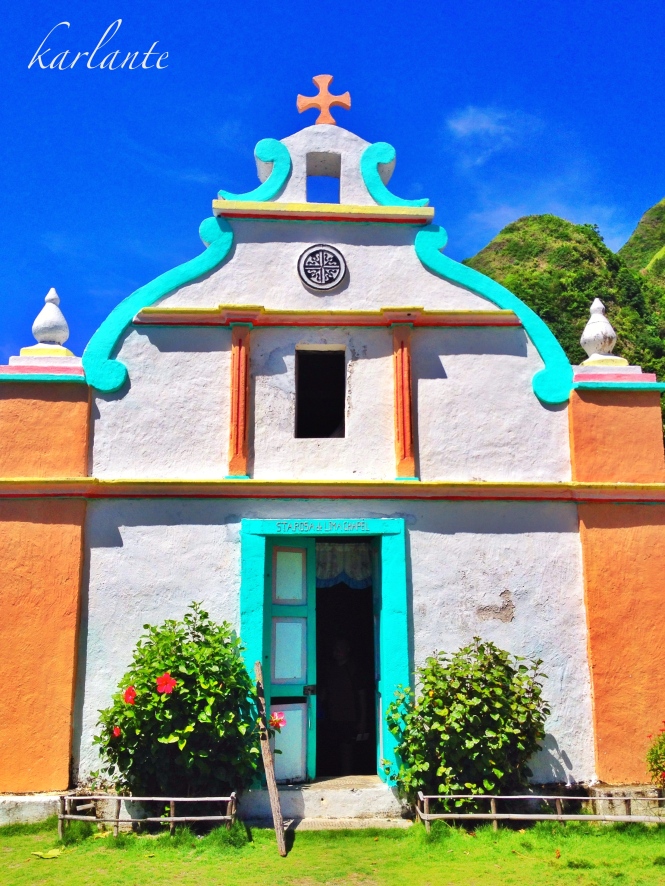
St. Rose of Lima Chapel, Chavayan, Sabtang
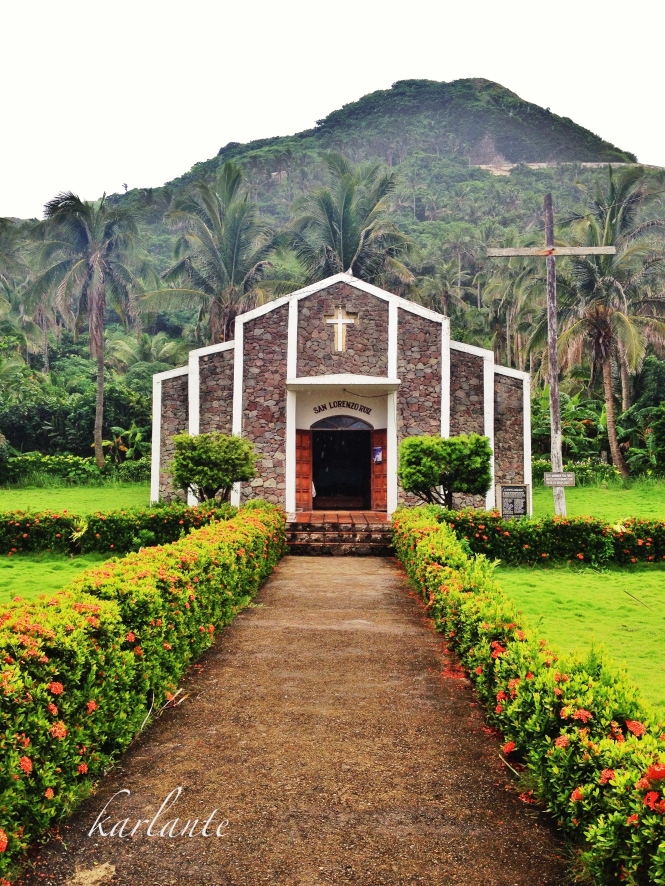
San Lorenzo Ruiz Chapel, Imnajbu, Uyugan
Beside the chapel of San Lorenzo Ruiz is a marker of the first Mass held in Batanes in the late 17th century.
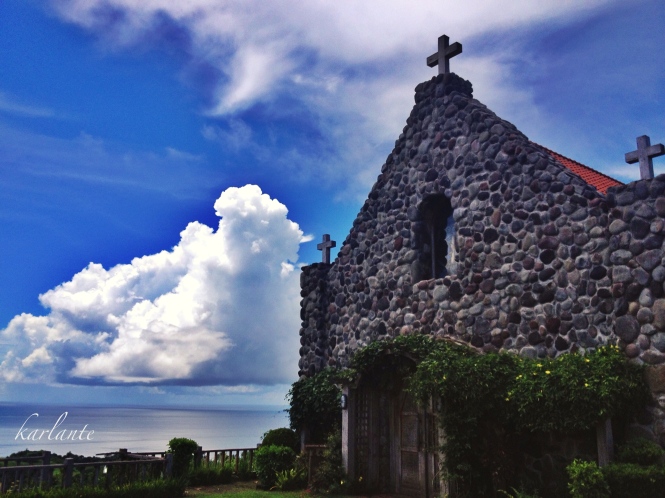
Our Lady of Mt. Carmel Chapel, Tukun, Basco
On the ceiling of Tukun Chapel, the patron saints of all towns in Batanes are painted, depicting faces from the locals in each town (even the faces of the cherubim are painted based on profiles of real babies in the towns).

Clockwise from top left: San Antonio de Florencia (Uyugan), Santo Domingo de Guzman (Basco), San Jose (Ivana), Santa Maria (Itbayat), San Carlos Borromeo (Mahatao) and San Vicente Ferrer (Sabtang)
6. The lighthouses
It is common for places with cliffy coasts to have lighthouses. Add that to the perfect land and seascapes and it’s going to be picturesque.
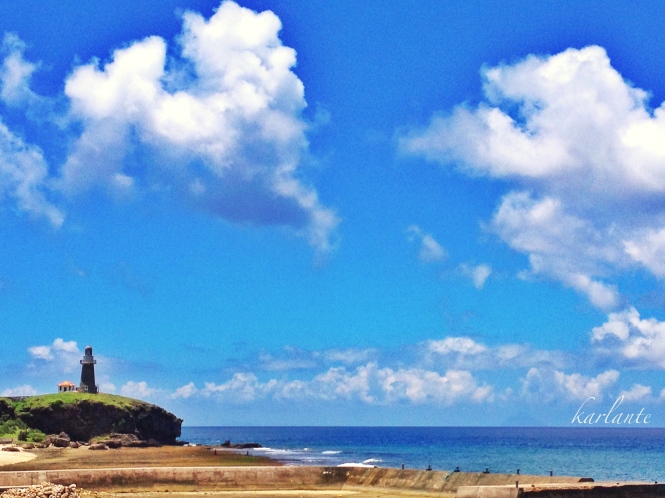
Sabtang Lighthouse as seen from the port of Sabtang
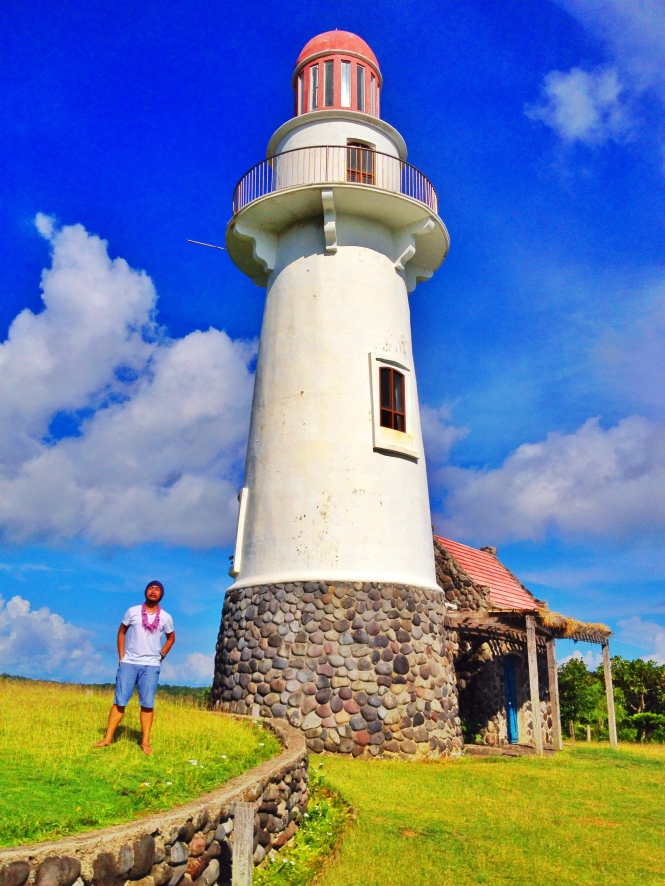
Basco Lighthouse in Naidi Hills
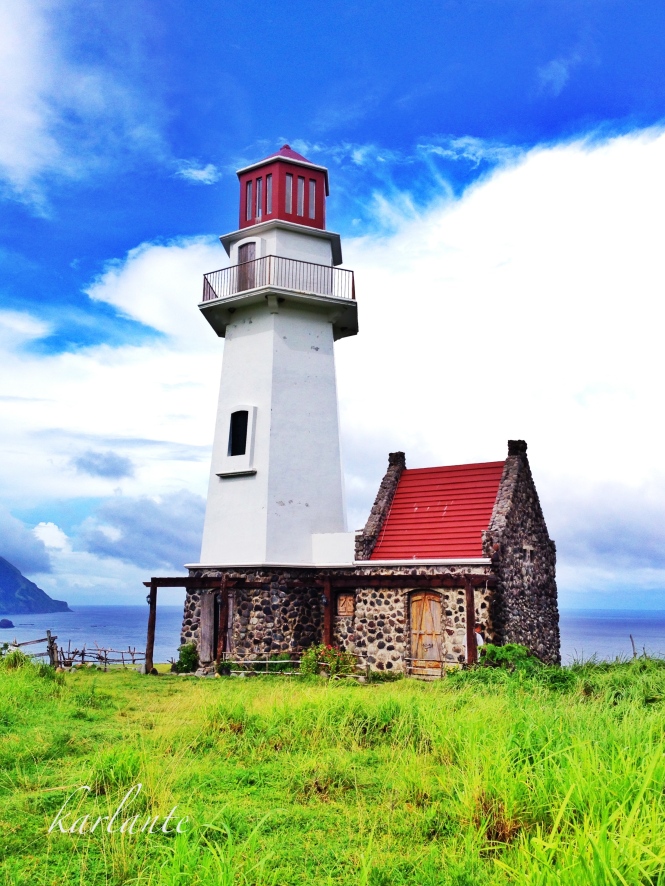
Tayid Lighthouse in Mahatao
This is personally my favorite.
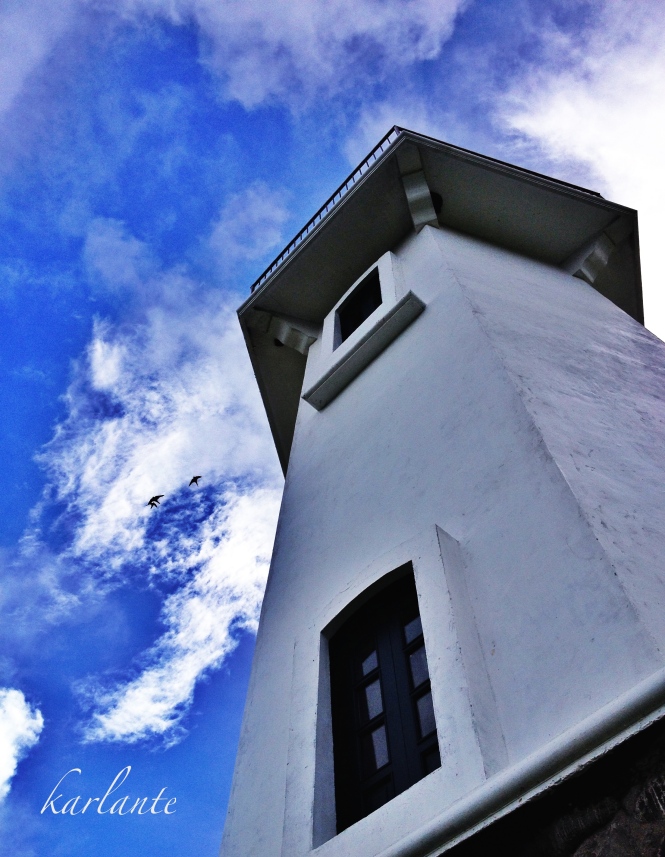
Waiting for Saruman
Tayid Lighthouse
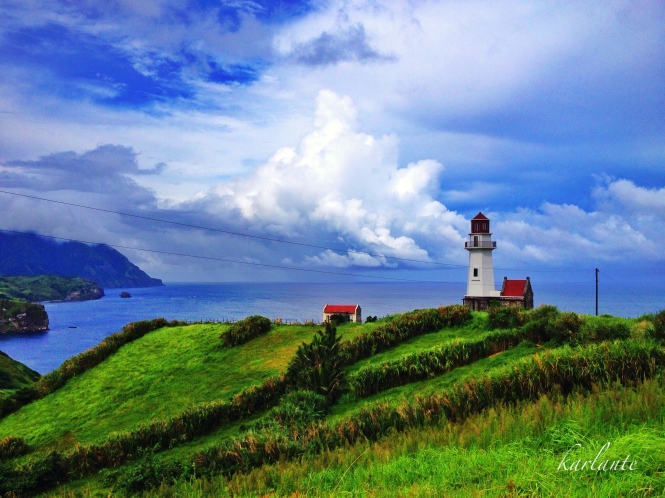
Stepping into a real-life painting
Tayid Lighthouse with the Iraya and the Pacific Ocean in the background
7. The food
Banana shoots, taro (gabi) stalks and an alien-looking crab—these are just few of the unusual, yet palate tickling food on a typical Ivatan menu.
Since the province is archipelagic, seafood is abundant. They have a wide variety of fishes and crustaceans.
Aside from the usual shrimps and lobsters, there is one particular crustacean that caught my attention—the coconut crab, locally known as tatus. While not truly a sea-dwelling creature as it lives, well, on coconut trees and other types of palm, the tatus looks like a crab on steroids reaching an alien-like appearance. Normally steamed, it is served with spicy vinegar for an out-of-this-world taste bud experience.
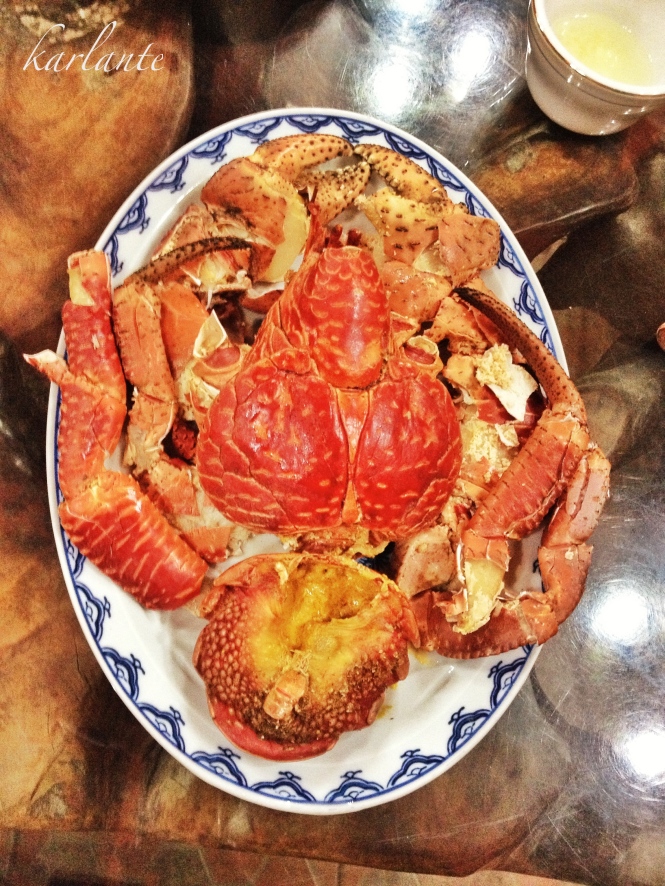
Tatus or Coconut crab
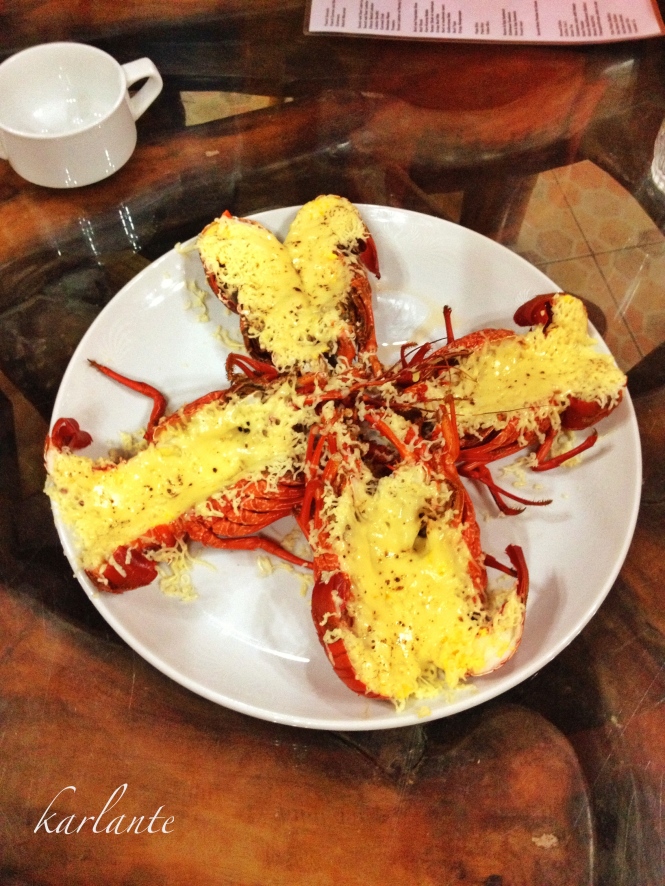
Cheesy Baked Lobster
Seafood is almost a staple in Batanes
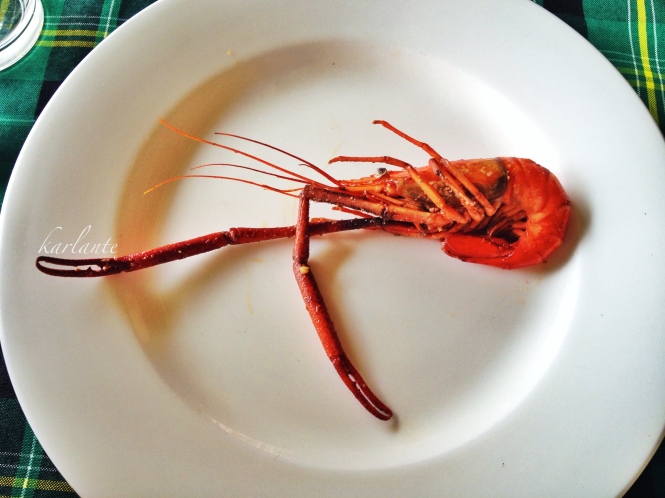
In Batanes, shrimps become tough enough to grow pincers.
Aside from seafood, there is still a long list on the Ivatan menu, and to try it all out, me and my co-travelers visited the famous house of Jessica.

House of Jessica
Started in May 2014, Jessica’s idea of sharing the Ivatan cuisine to tourists is by inviting them to her home and serving them vunung.
Vunung is a packed meal wrapped in the leaves of the kabaya tree (related to the breadfruit tree). While the presentation alone is already intriguing, what’s inside is the more interesting part.
On one wrap is the rice, but unlike the usual white or brown rice we know, this one is yellow and they call it supas. Supas is cooked rice sauteed in turmeric and bits of pork.
In another wrap there is an explosion of different Ivatan specialties—uved, luñes, bistek and fried fish.
Uved is made of banana shoots chopped very finely, cooked with fish or meat and usually rolled into balls.
Luñes is their version of adobo. It is pork sliced into cubes, sauteed in its own fat and seasoned with salt and pepper. It may sound simple but it tastes really really good.
Bistek is the usual Tagalog “beef steak” but you know that the beef is from cows that ate nothing but clean grass from the beautiful meadows of Batanes, so it has to be really good, and it is!
On the side, we were served nilanog na baka (beef stew), ensaladang pako (fern salad) and the yin & yang of the meal—kamote at kinilaw na tuna (sweet potato and tuna marinated in vinegar and spices).
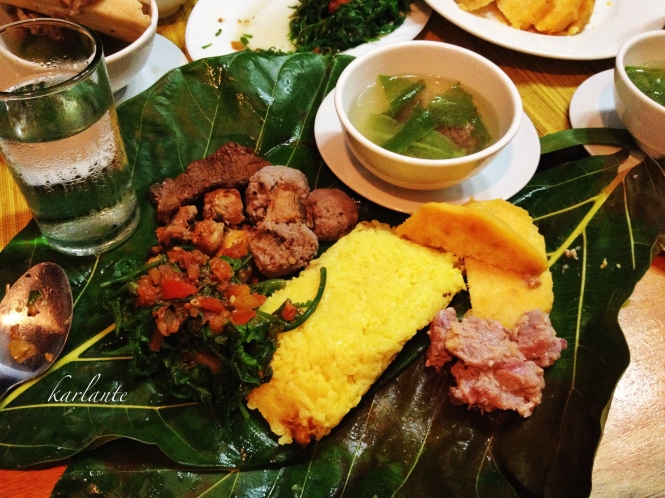
Vunung: Food for the stomach, food for the heart
At the end of the meal, our palates were treated with a delectable carrot muffin that is uggghhh, the best!
Needless to say, that was the most satisfying meal I ever had. But, as Jessica attends to our meal, she told us a story that satisfied our hearts.
According to her, you only give vunung to people you care about, people you love. As a tradition, every time there is a special occasion in Batanes, people make vunung and give it out to the most important people for them. That is how Jessica wants to share the Ivatan culture—with love. She welcomes her customers (or more appropriately her guests) to her house and serve them food that is a symbol of love to Ivatans.
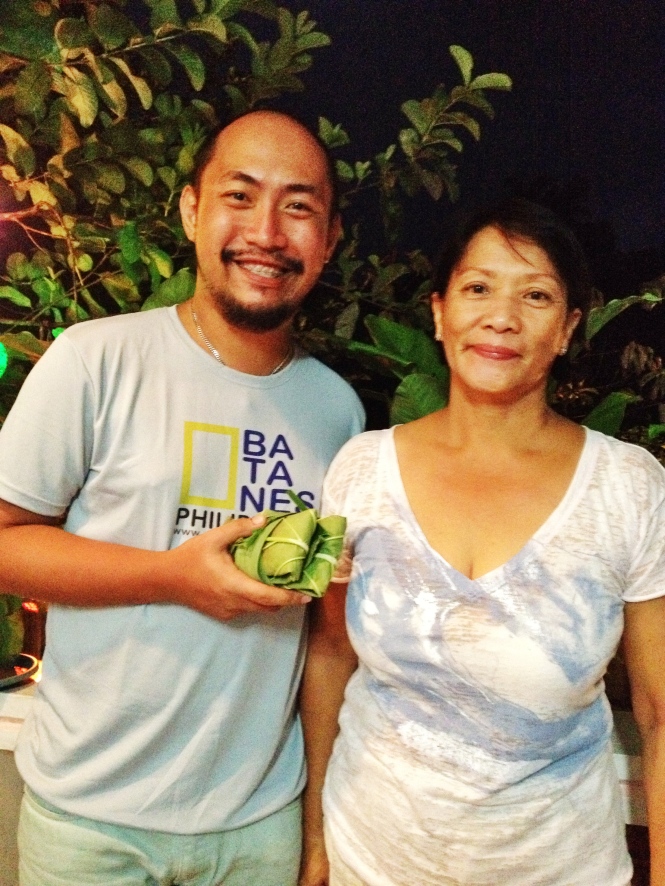
Me and Tita Jessica
Ivatan cuisine connoisseur
8. The tourists
This one surprised me. Traveling alone, I intended to tour Batanes solo, but the arrangement got mixed up and I got included in a tour group. But I have no regrets because I met these wonderful people. They made my Batanes experience a lot better than I expected.
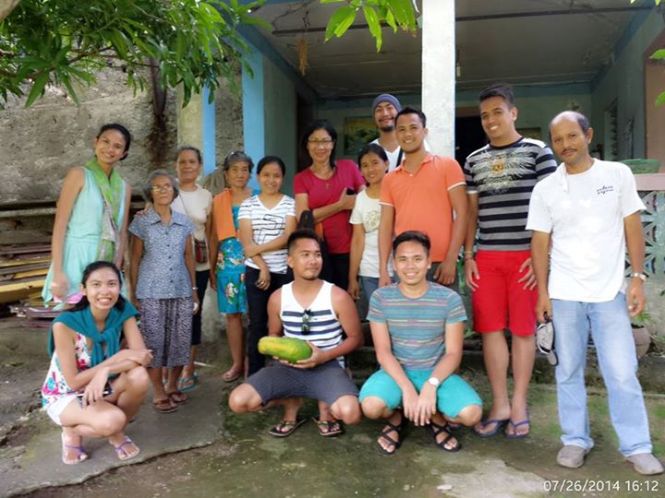
Photo by Yul Guiang

Conquered a new place, met new friends.
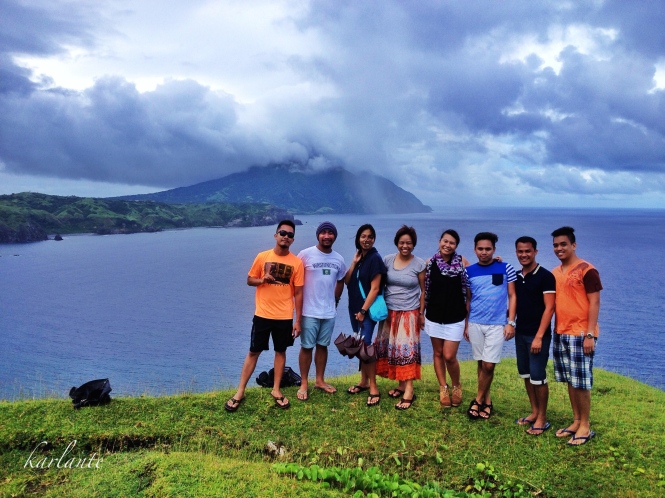
New travel buddies
On a scale of 1 to 10 (10 being the highest), my 6D5N Batanes experience is definitely a 15, and I am definitely, definitely going back. And I invite you, too, to visit this living Eden at least once in your lifetime.
Be in love with its people, be in awe of its beauty, bask in one of the most wonderful creations of the Almighty—Batanes.
DIOS MAMAJES, MAVID BATANES!
ICHADDAO KU IMU, MIRUPIRWA TANA!
VISITING BATANES:

Tukun Chapel as seen from the PAG-ASA observatory
It is not easy visiting the paradise that is Batanes. First, the weather is very unpredictable, you may end up being lashed by typhoons. Second, getting there is very costly, regular roundtrip fares range from P15,000 to P19,000, and only Pal Express and SkyJet have flights to Basco. There are ships from Manila to Basco but it would take you forever to get there. Anyway, fortunately for me, I got my airfare on promo so it saved a huge chunk on my travel budget. If you want to go to Batanes, you have to be a spy-slash-ninja on promo fares. Always check PAL for this (I don’t think SkyJet does promos), they can have promo roundtrip fares as low as P1500!
Once you’re there, prepare for the unexpected—changes in tour arrangements (which can be fun), changes in weather (which can be extra fun) and cancellations of your flight schedule (which, amazingly, can be fun as well). That being said, bring extra cash, yes, cash. Do not bring your credit card/s, it would be useless. You may bring your ATM card, but there are only 2 banks in Batanes, Landbank and PNB.
Of course, you need to eat. There are plenty of places to eat with prices that range from P100 to P500 per person (try Octagon and Pension Ivatan). And since you’re already there, try eating at Jessica’s. She only serves dinner and you have to make reservations. Tell your tour guide if you want to have dinner there, they’ll help you.
Accommodations are everywhere. If you like the hotel feel, there are a lot that offers that, but if you want the at-home feel, then I suggest you stay at Marfel’s Lodge. Room rates can go as low as P500 per night depending on the type of room and the season.
Tours can be arranged via travel agencies. You may contact TRavelYoung to make arrangements for you (I’ll provide a contact list below). You can tour Sabtang Island, North and South Batan Island for 2-3 days for P4000 (I think it also depends on the season). For a more adventurous tour, you may tour Itbayat (but you have to have at least a 6-day stay in Batanes for that) or you may climb the Iraya. Arrangements for those can be made there, just ask your tour guide or your lodge keepers, they will be more than willing to help you.
If you want to roam around, you may rent bicycles, motorcycles and tricycles. I don’t have the rates because I didn’t try and because I don’t know how to ride anything that needs balance (haha!). You can plan it once you get there, they’re everywhere anyway.
Here’s a contact list if you wish to visit Batanes anytime soon (and please do, it will be the best experience of your life)
TRavelYoung (Tom and Yana)
Mobile: +63 917 410 6099, +63 915 303 0595
Email: book@travelyoung.ph
Facebook: www.facebook.com/TRavelYoungPH
Marfel’s Lodge (Ate Fe or Jay Ann)
Mobile: (Ate Fe) +63 917 883 3249, (Jay Ann) +63 908 893 1475
Facebook: https://www.facebook.com/marfelslodge.batanes
Tour Guides (Ryan, Ian or Arthem)
Mobile: (Ryan) +63 915 803 4582, (Ian) +63 921 668 0918, (Arthem) +63 998 468 8609
Email: (Ryan) ryan.batanes@gmail.com
Facebook: (Ryan) www.facebook.com/batanestravelguide
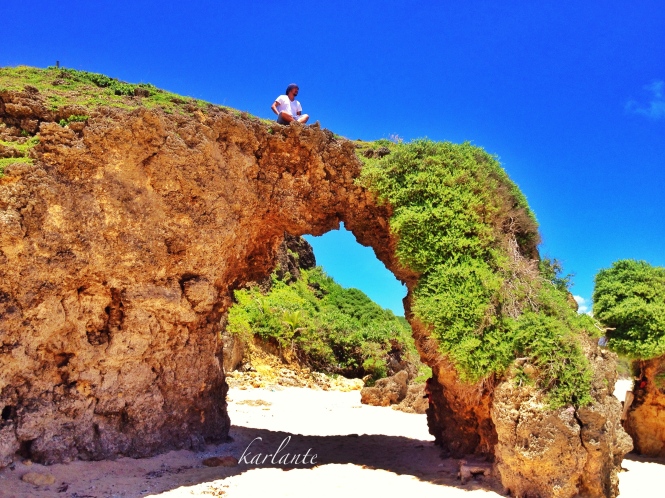
Ahao arch
Morong Beach, Sabtang, Batanes
ENJOY BATANES!



